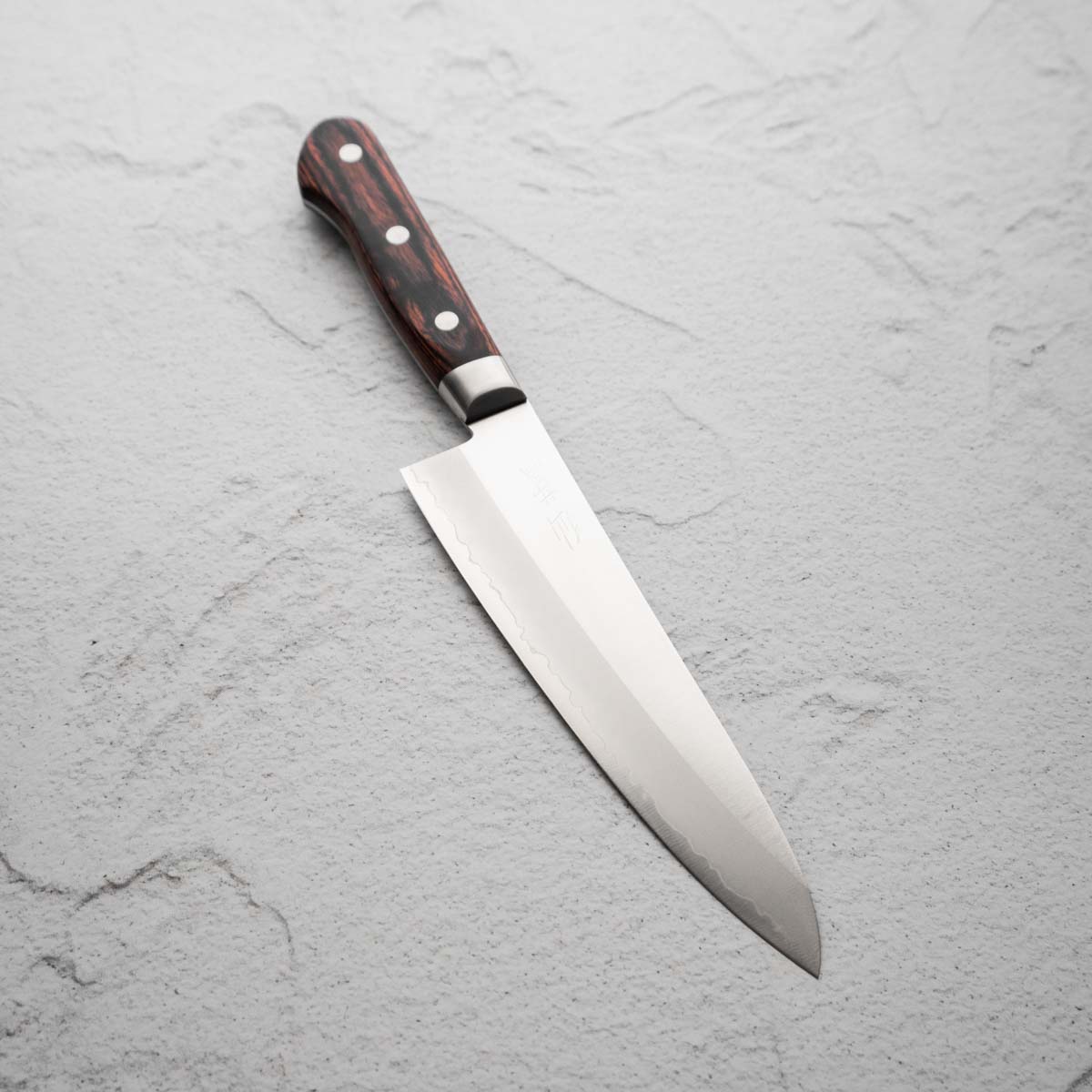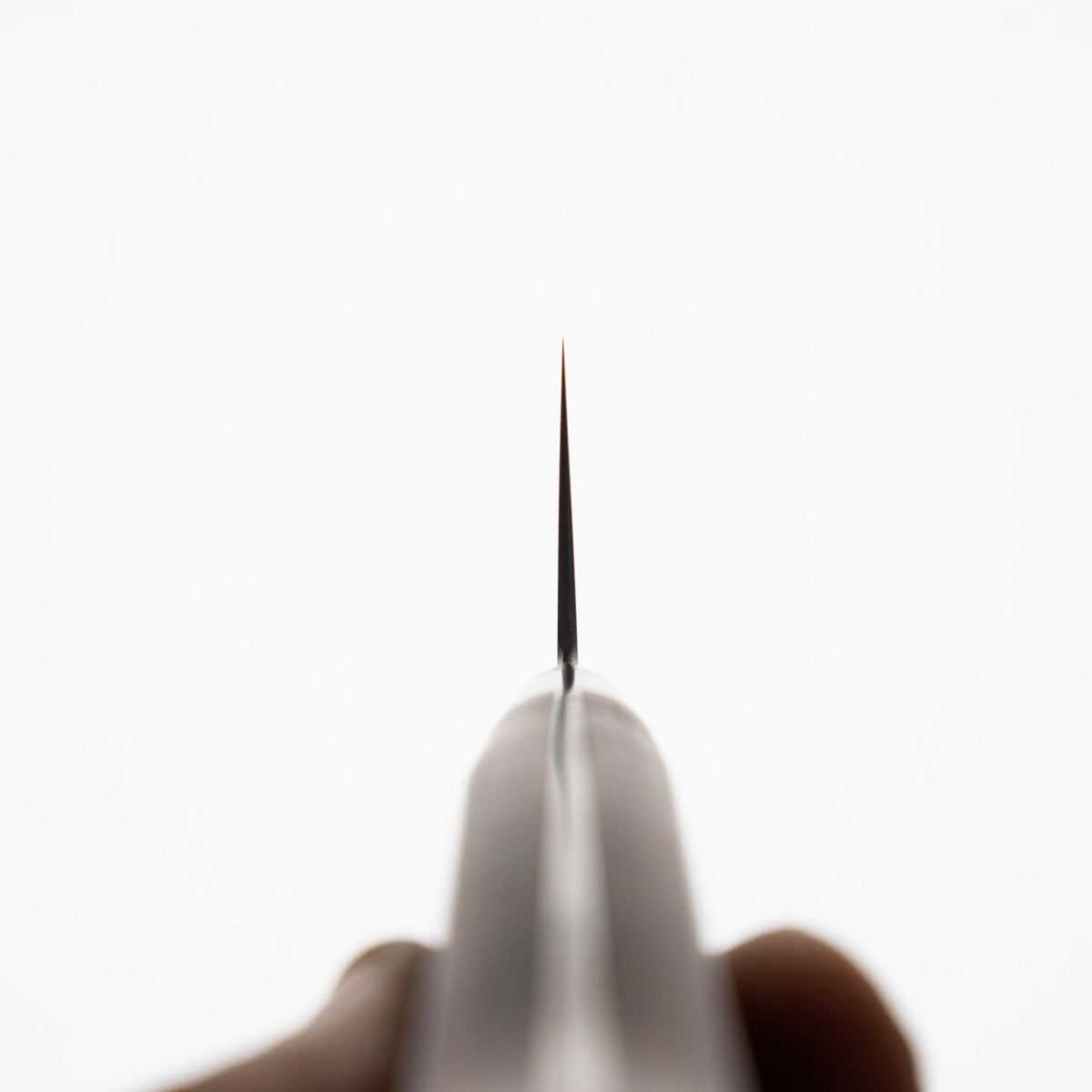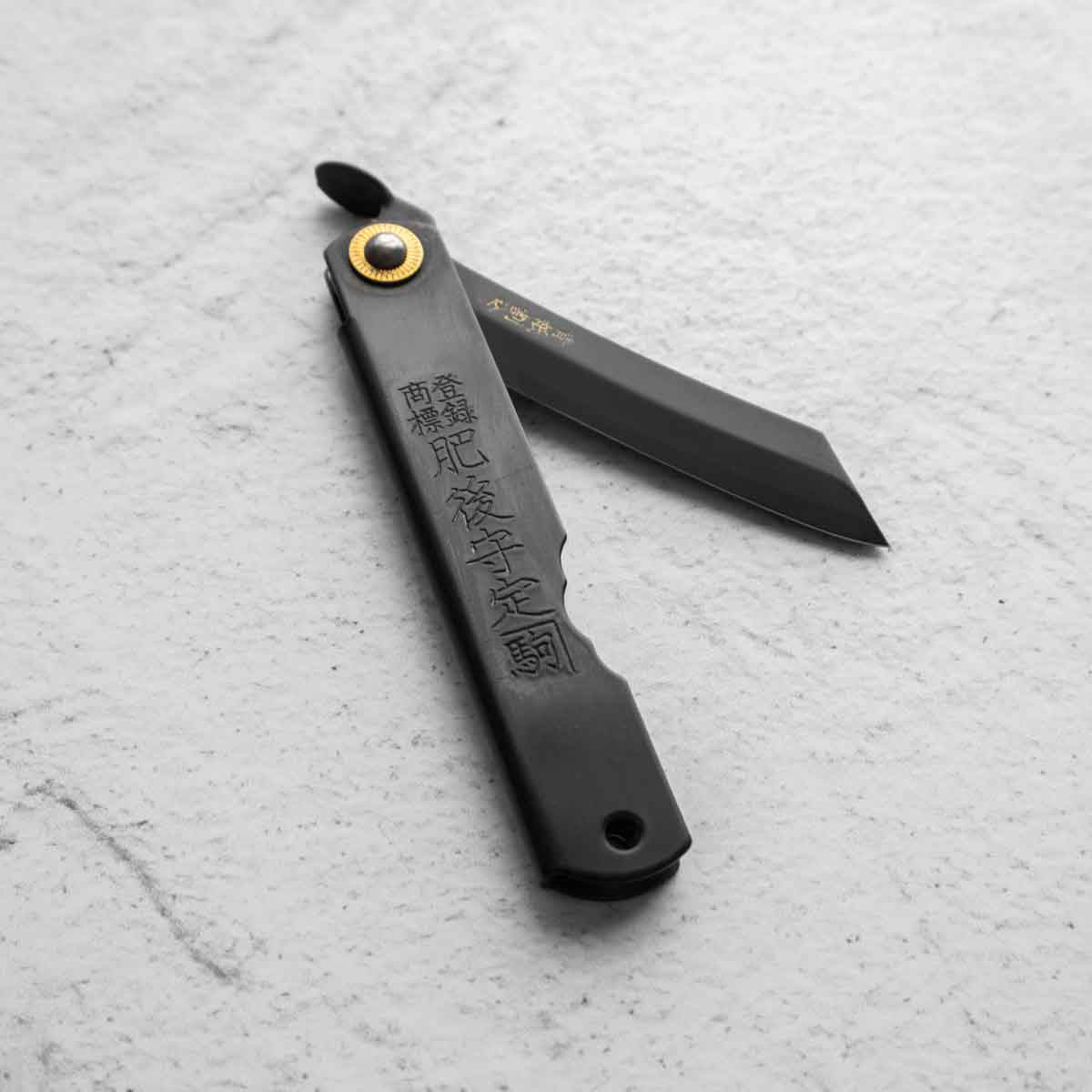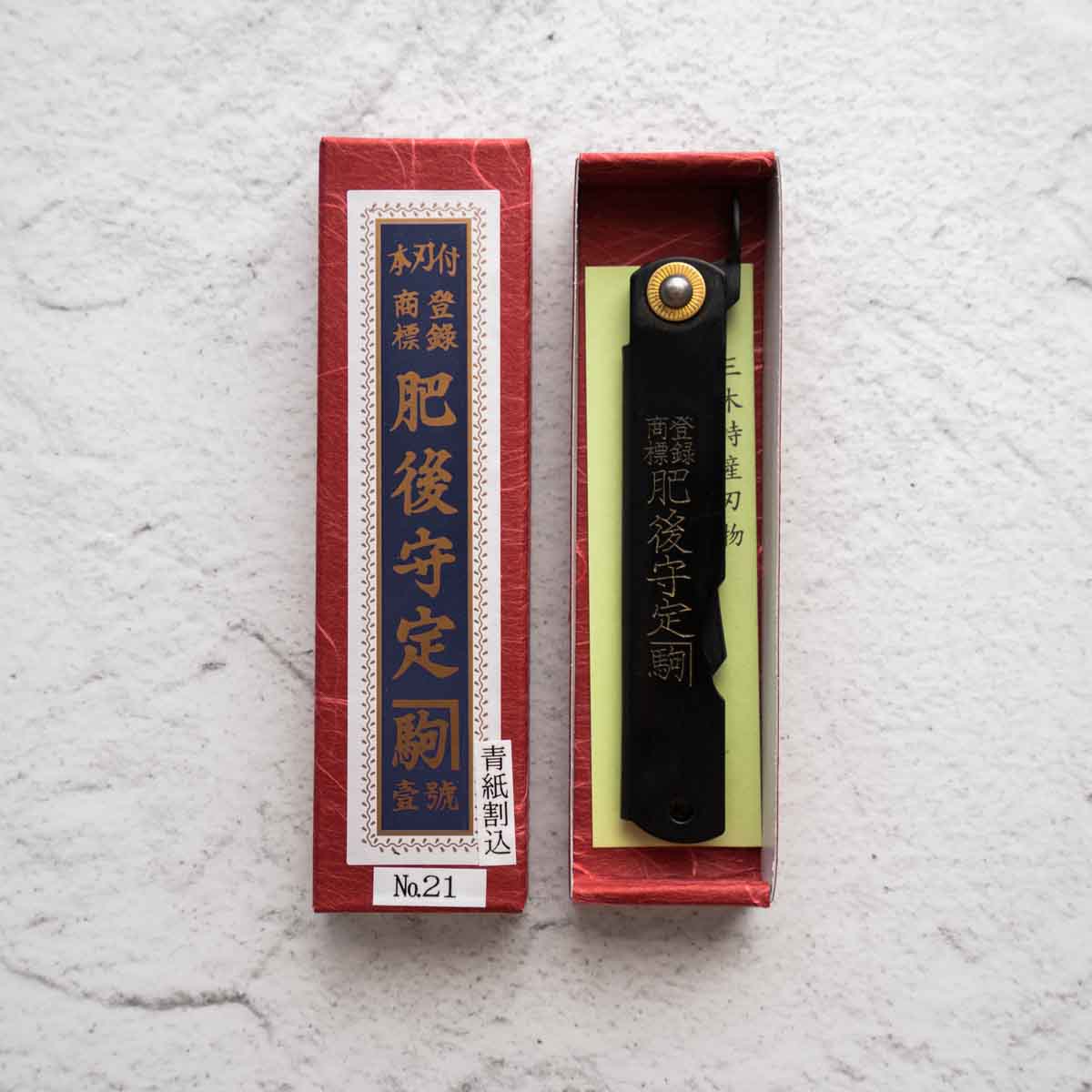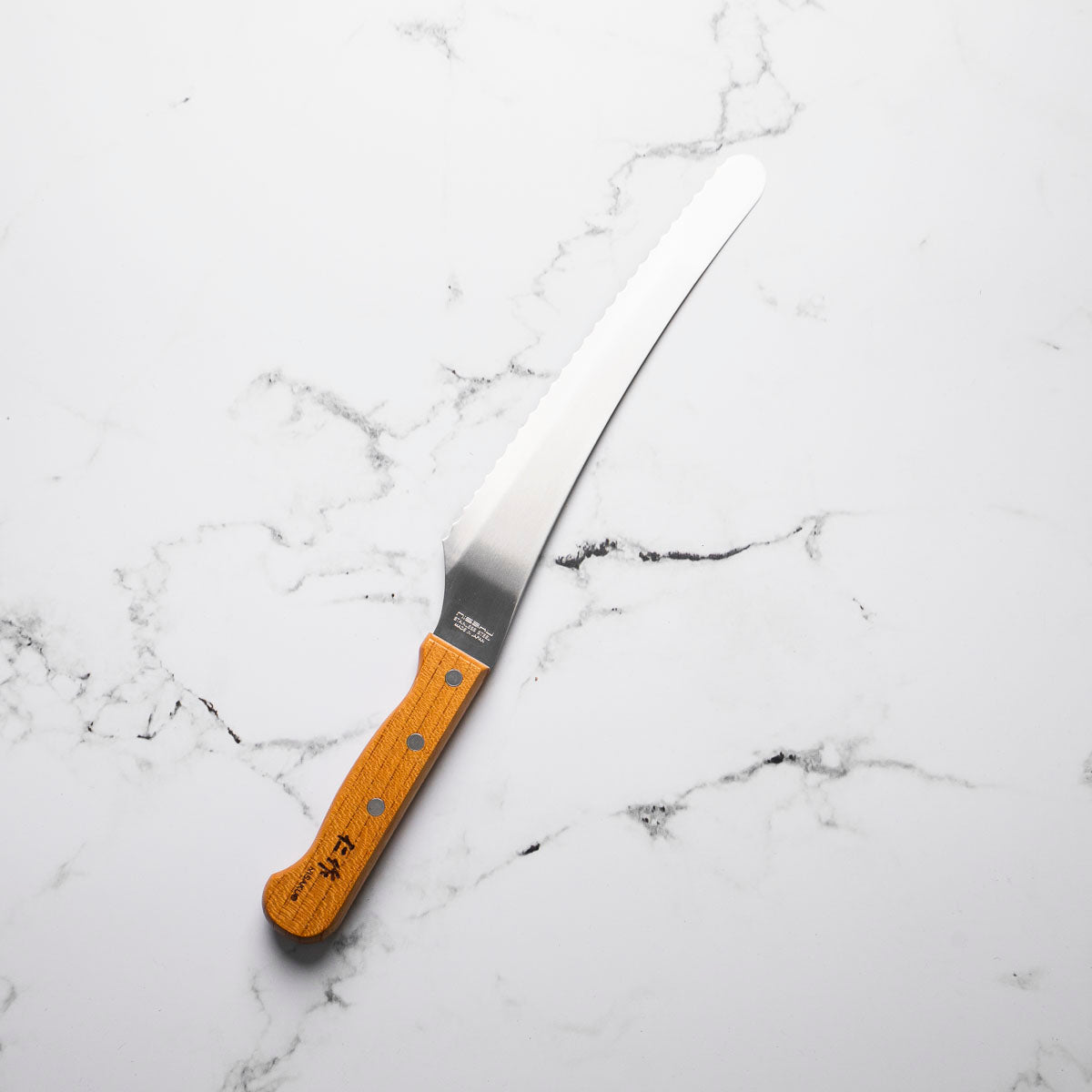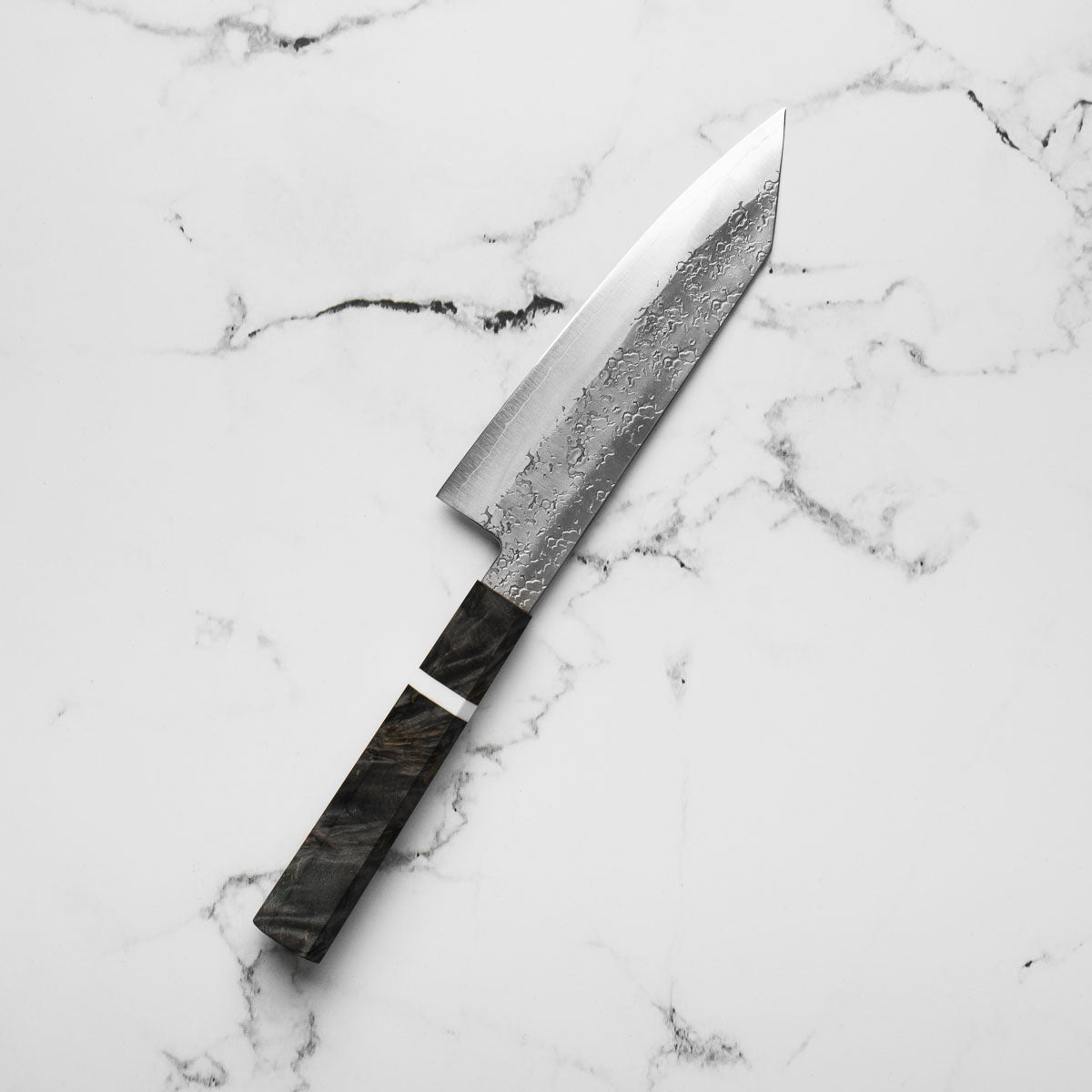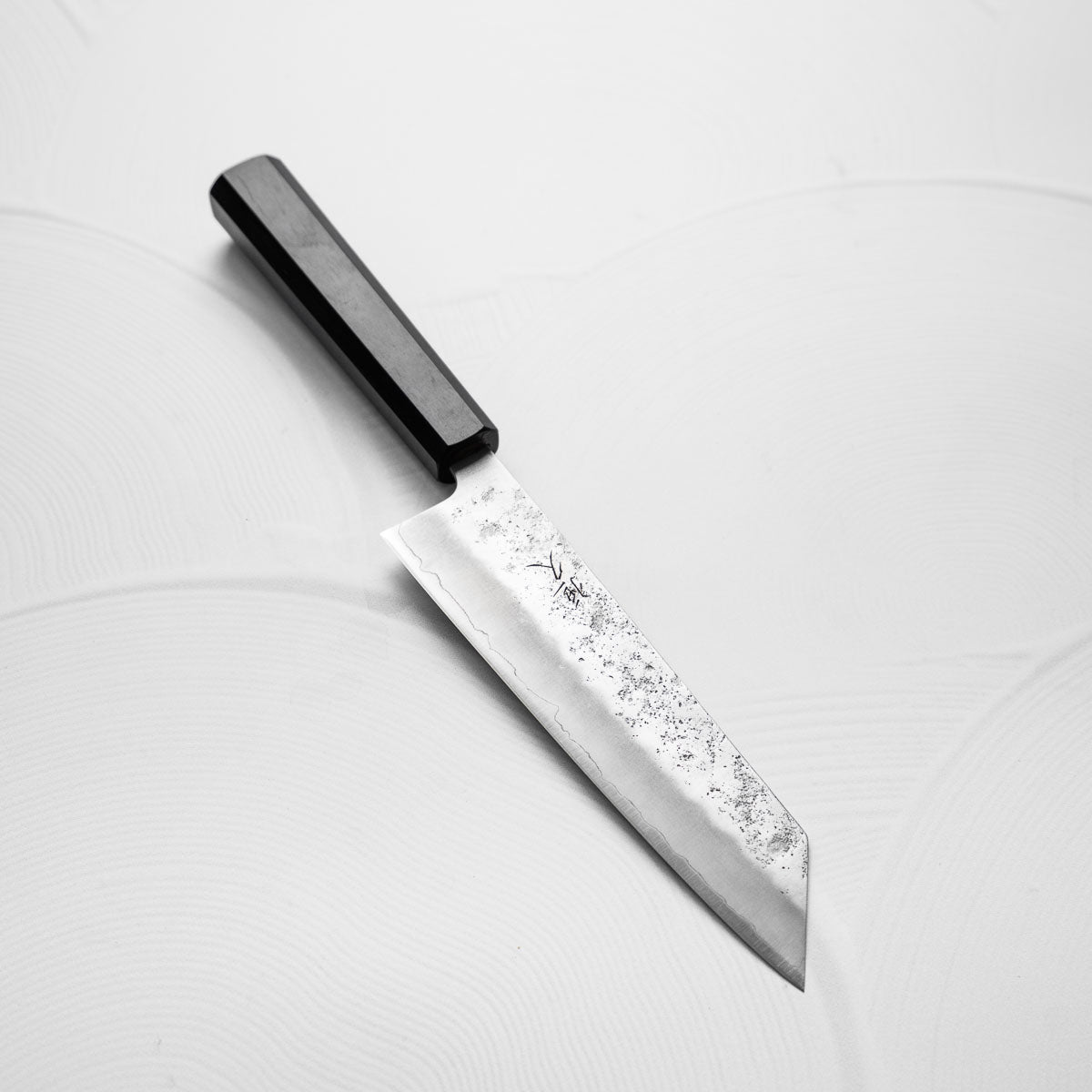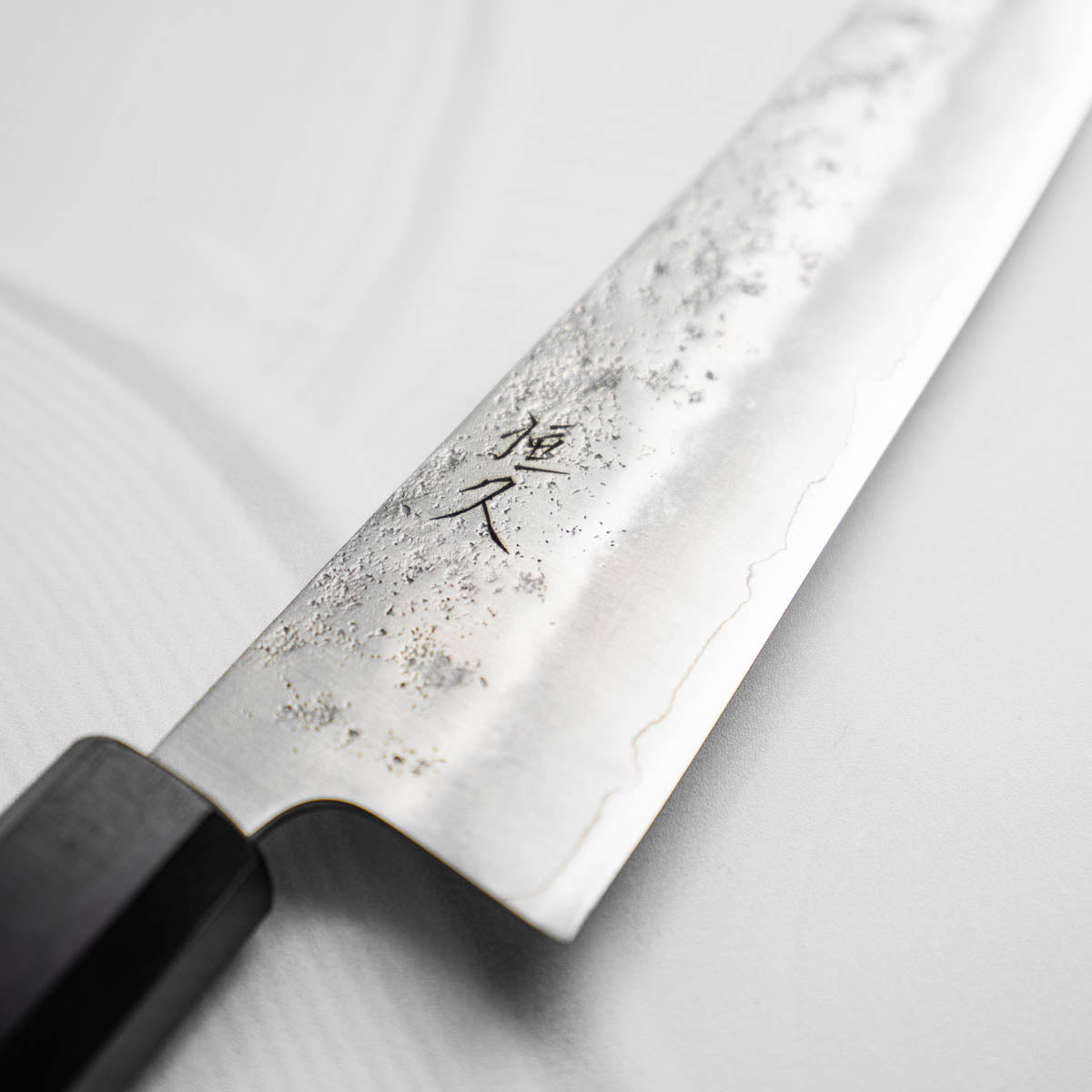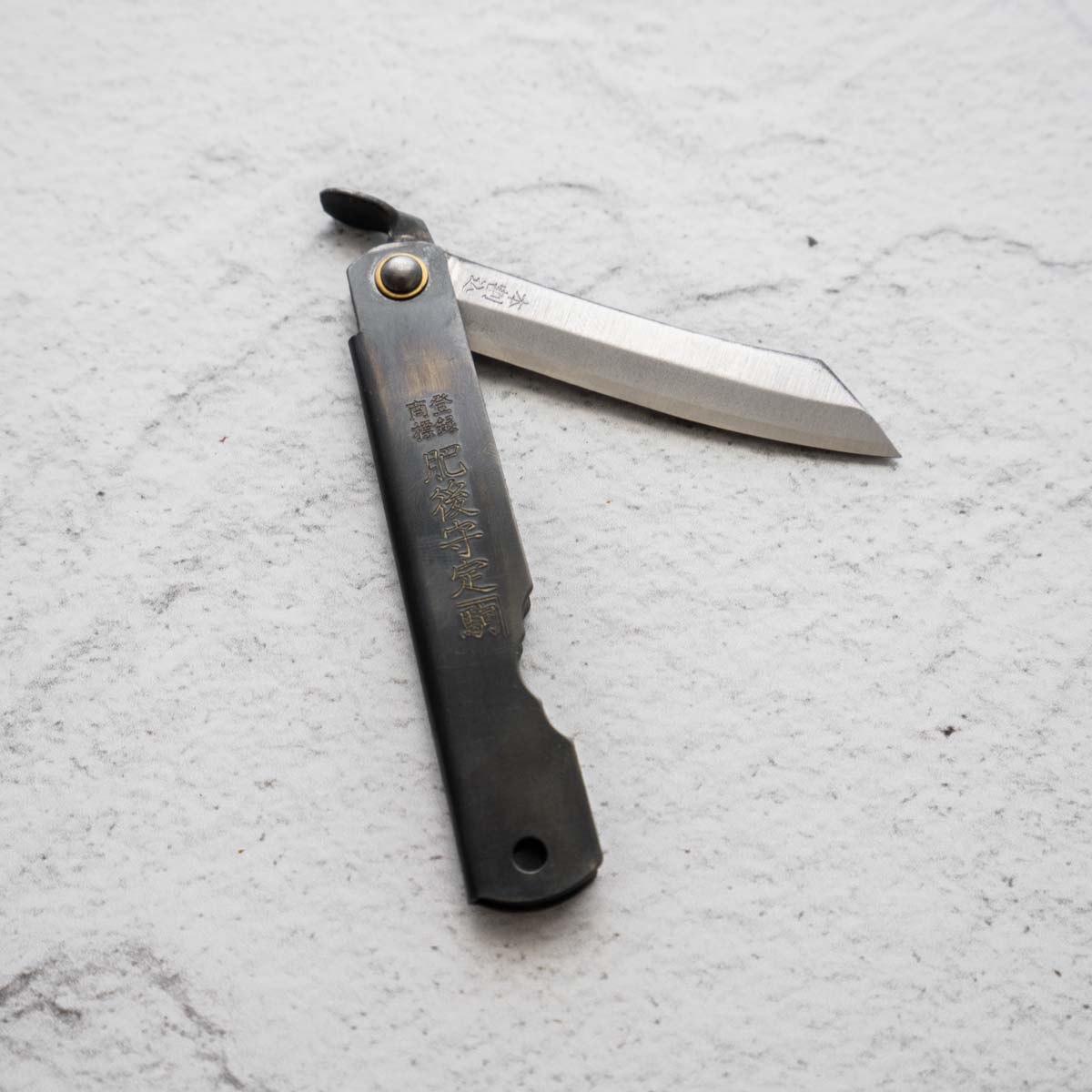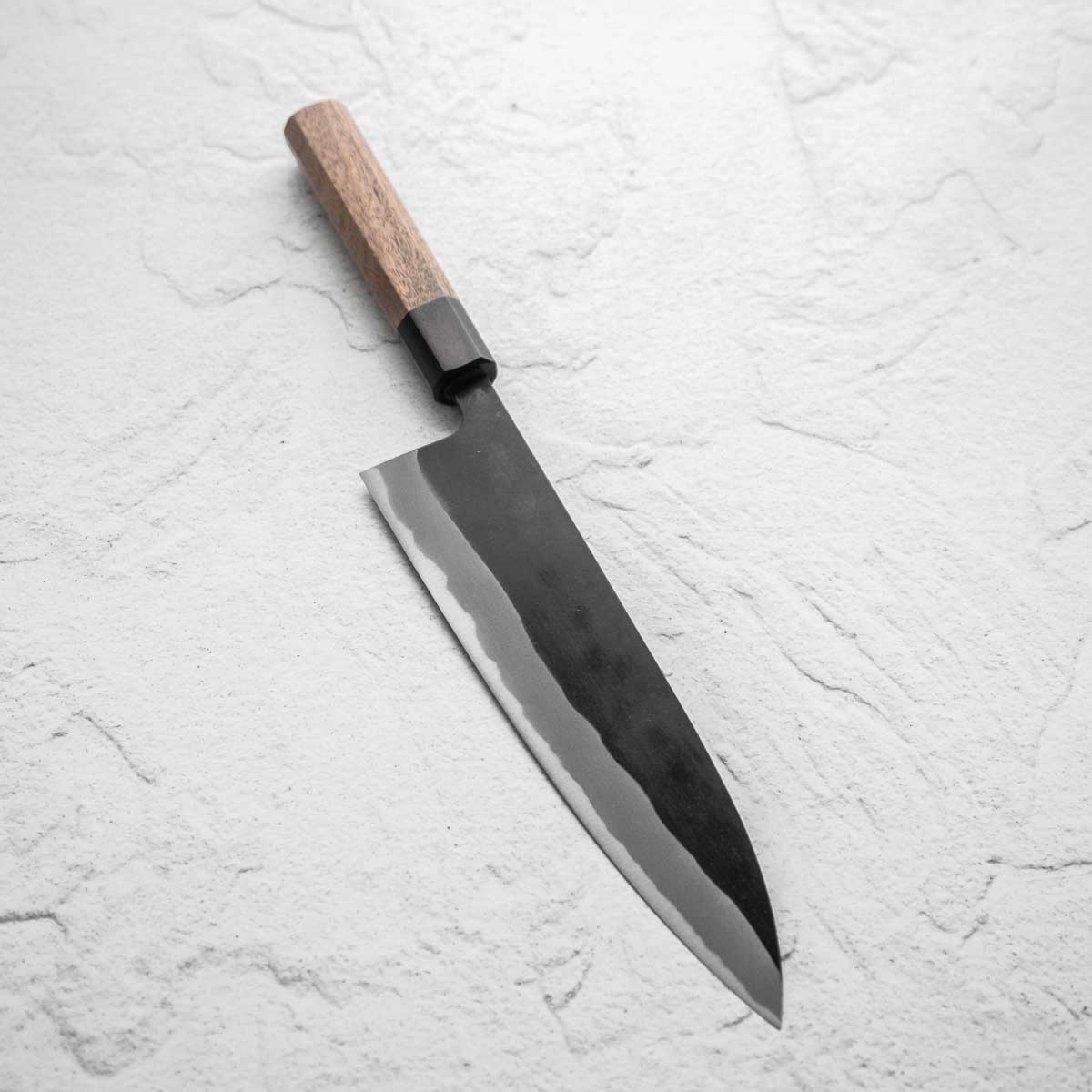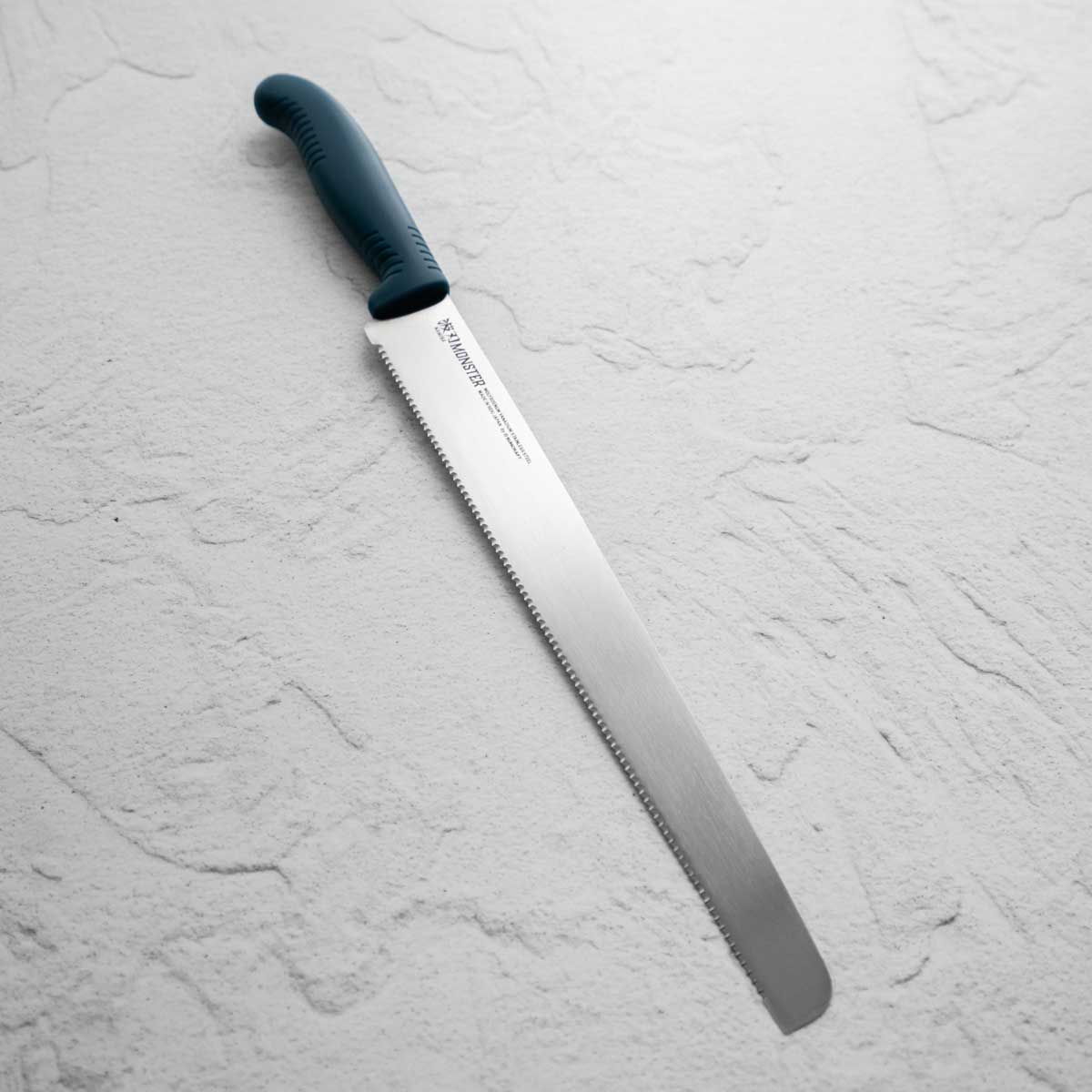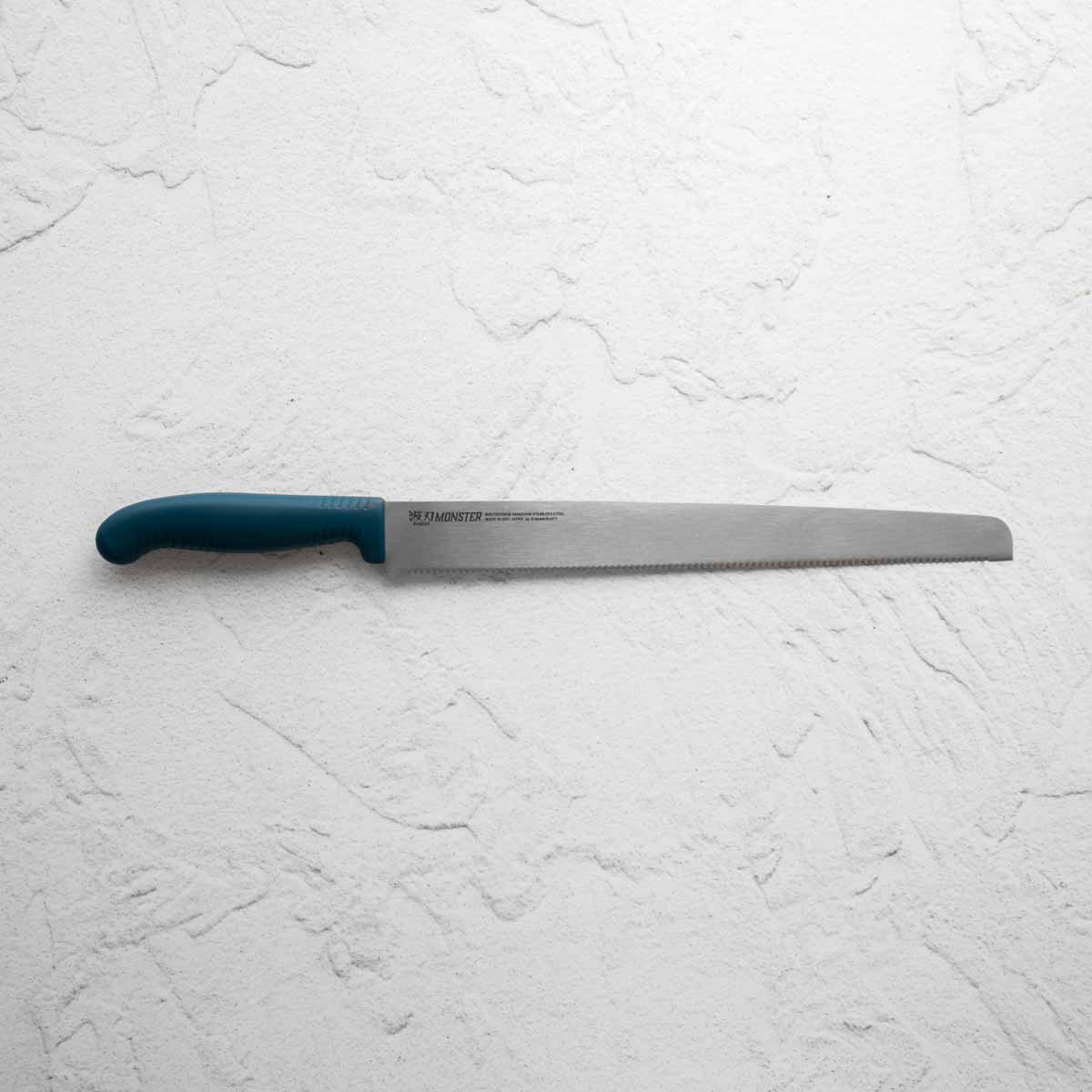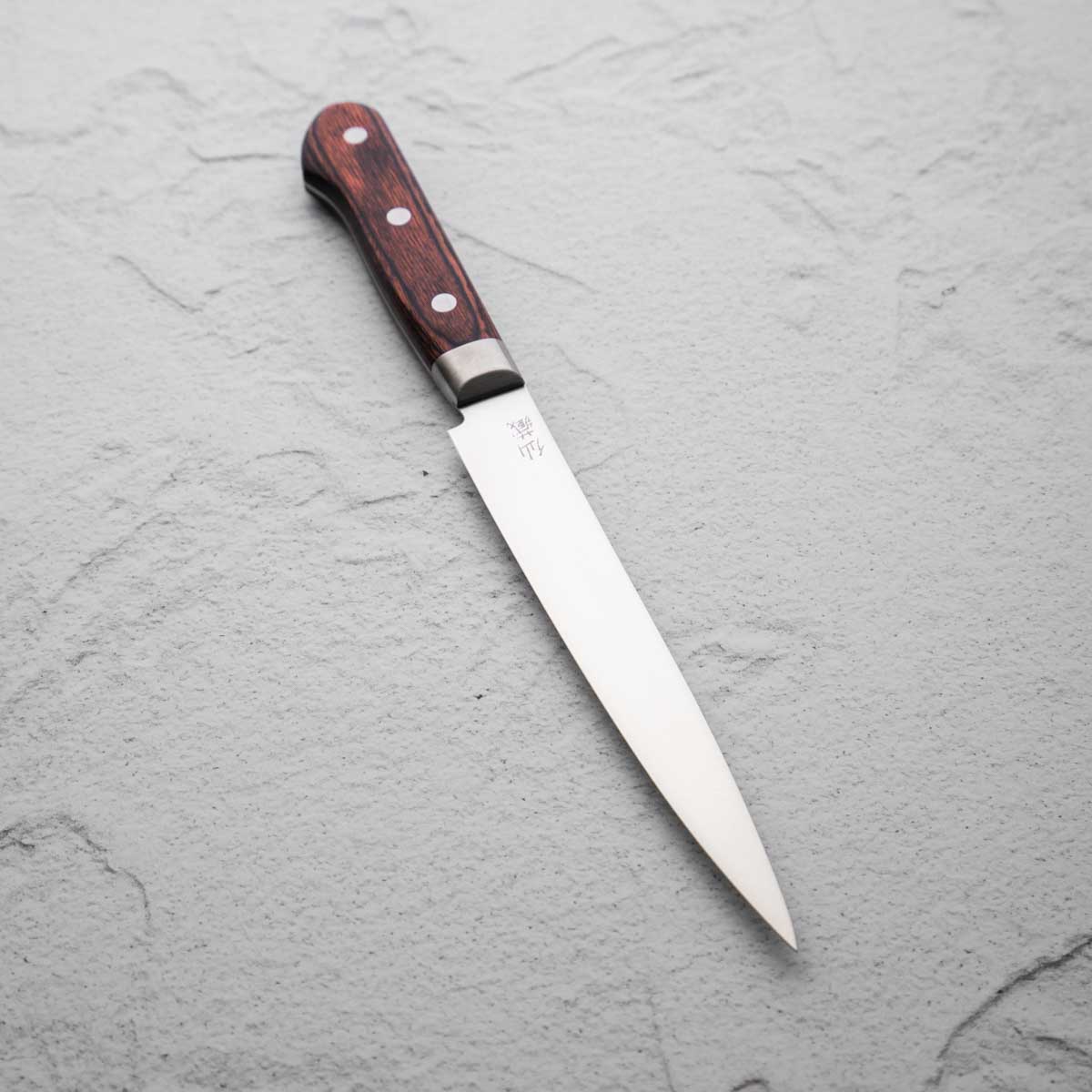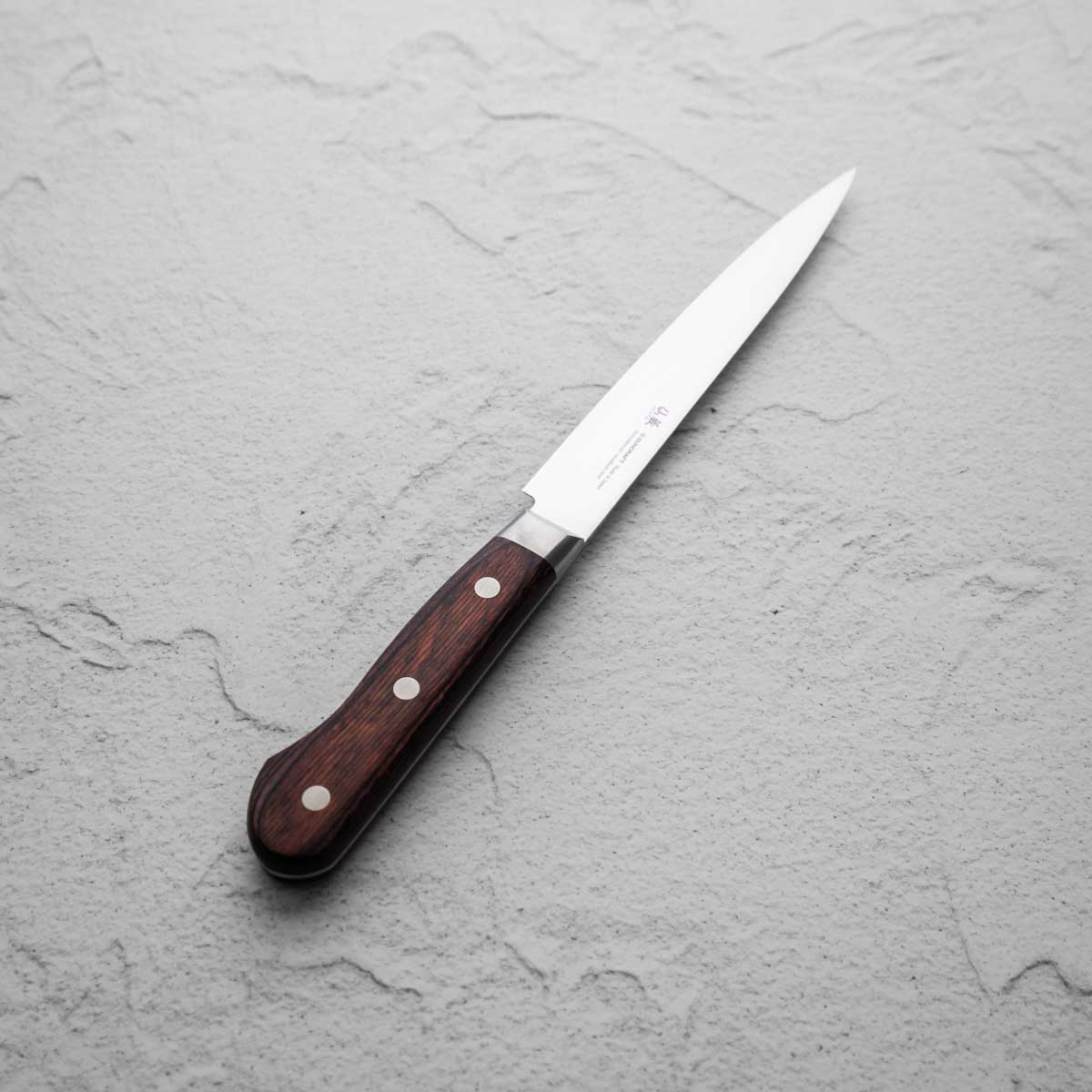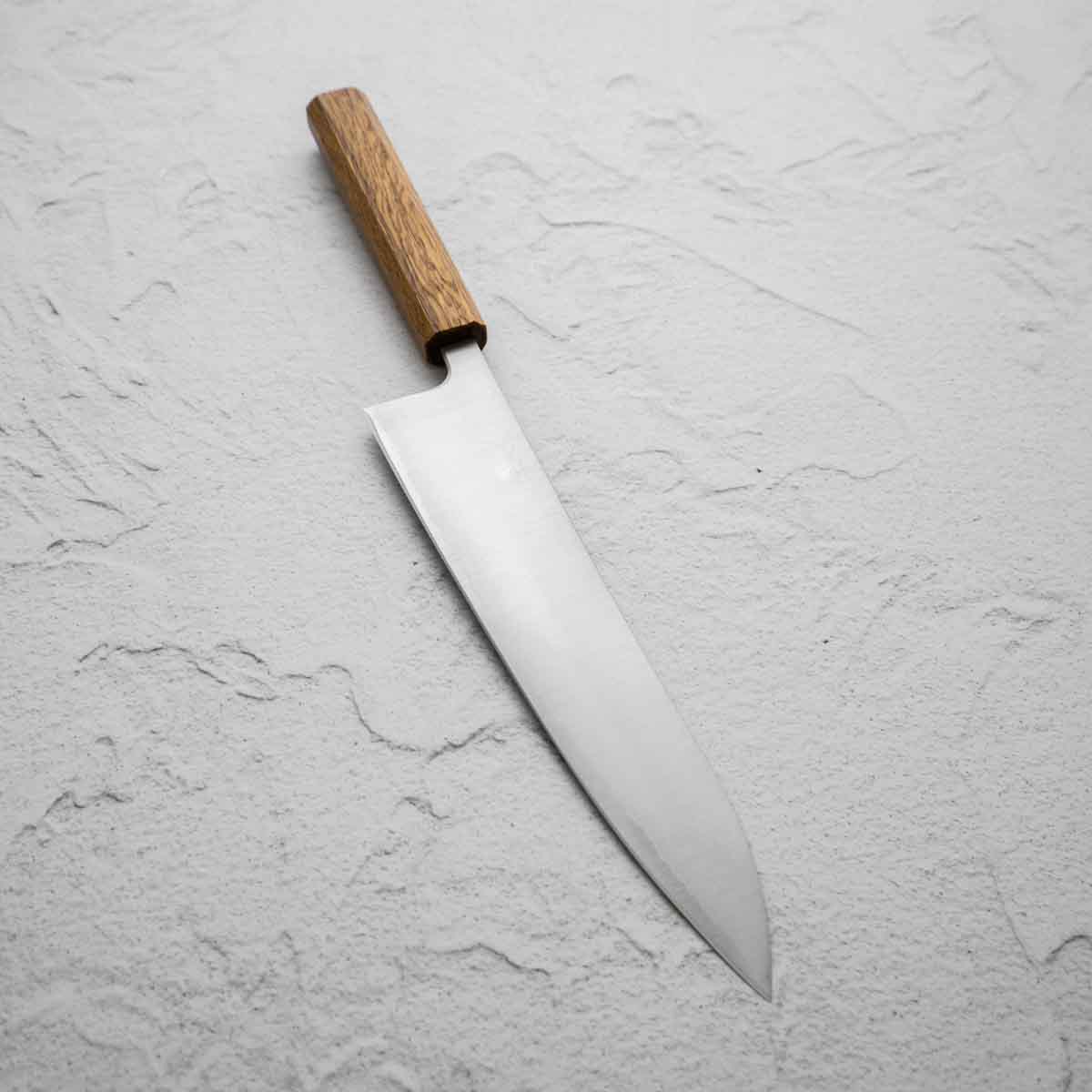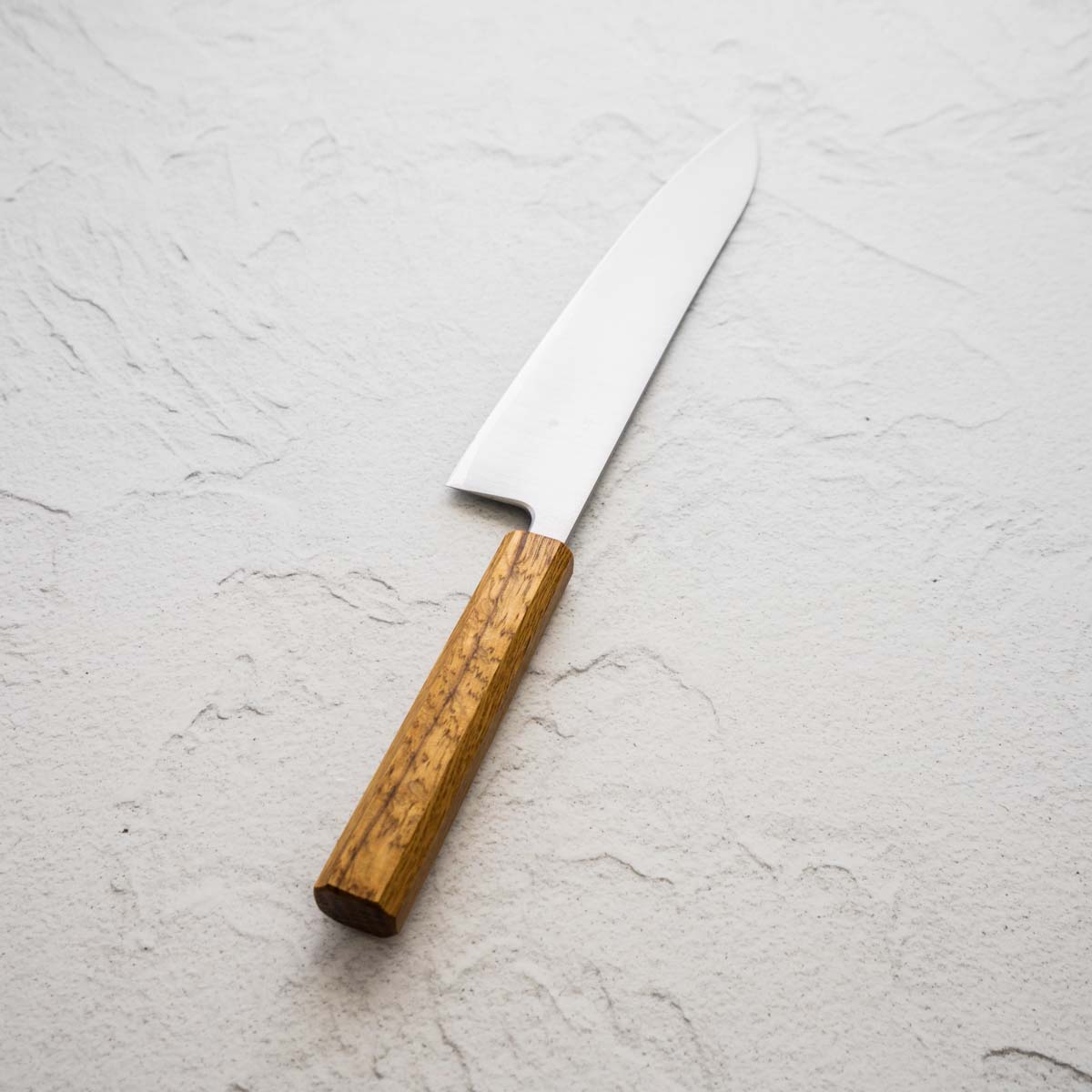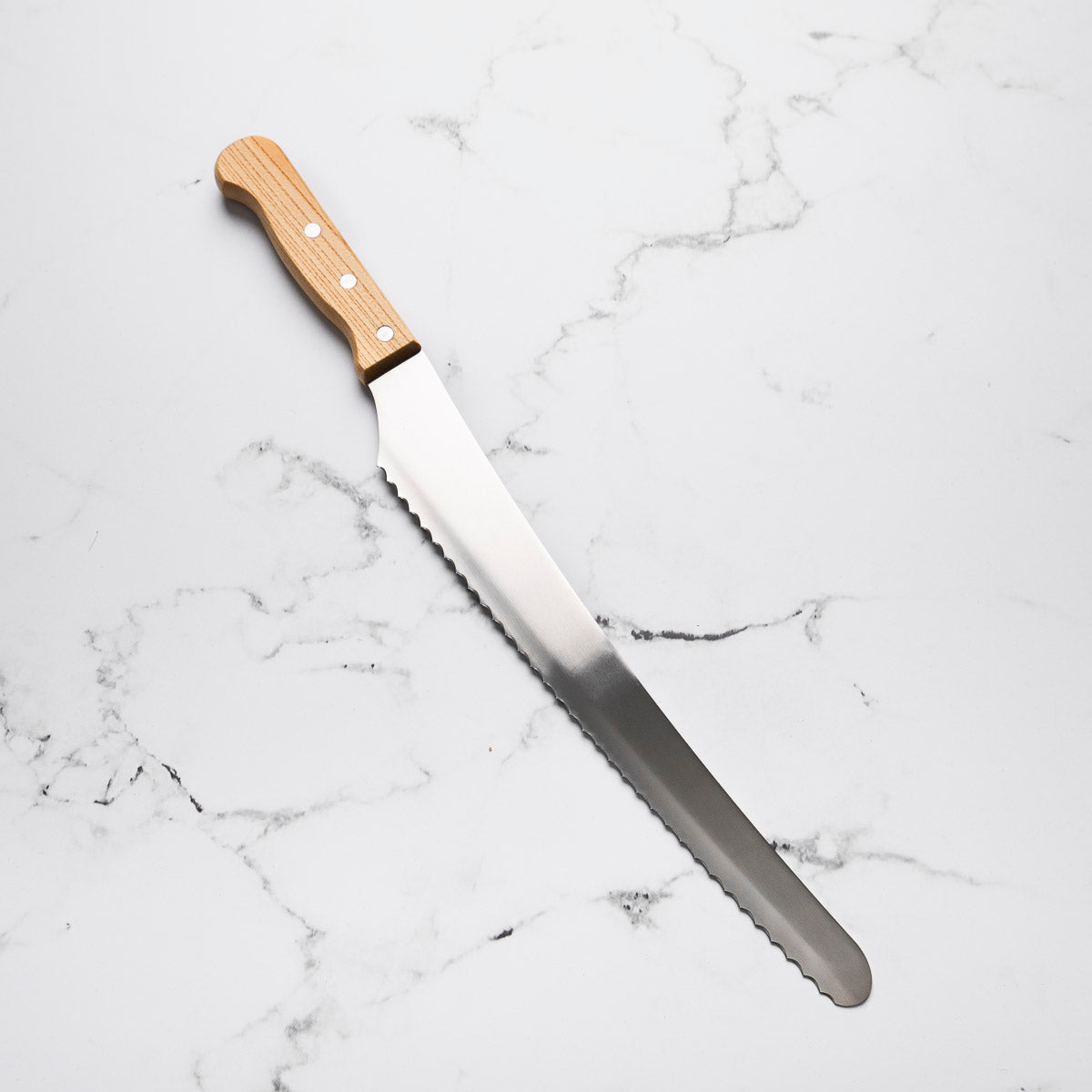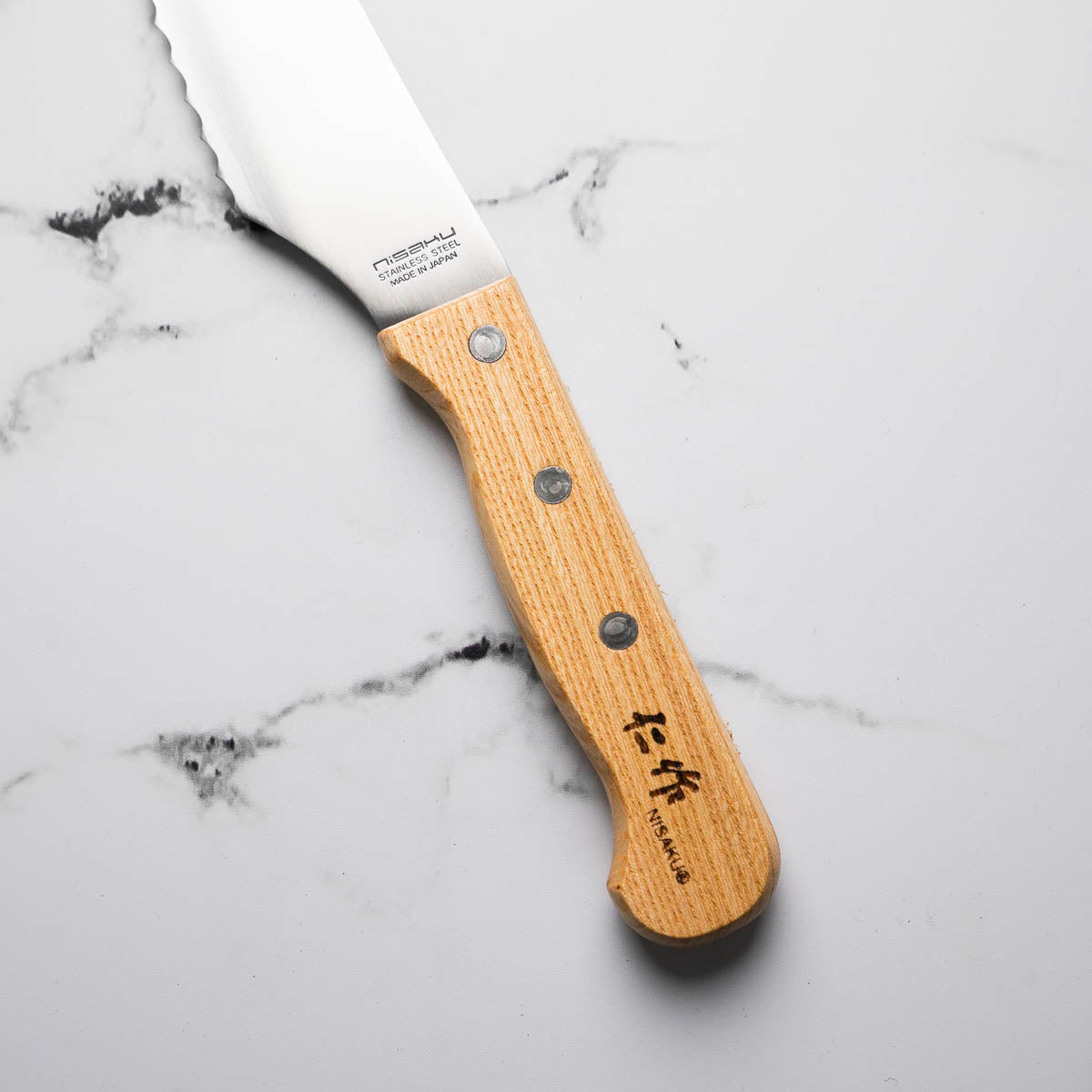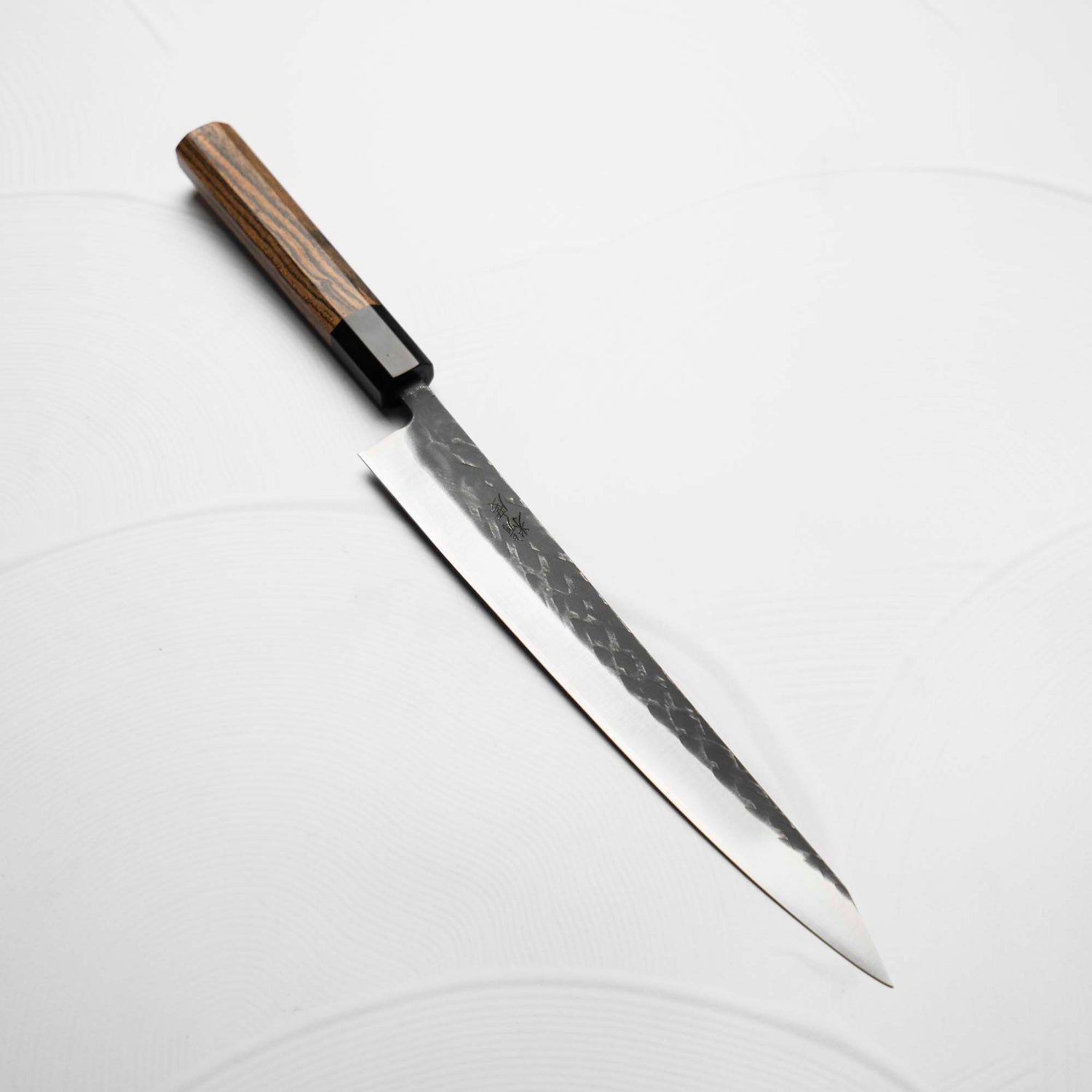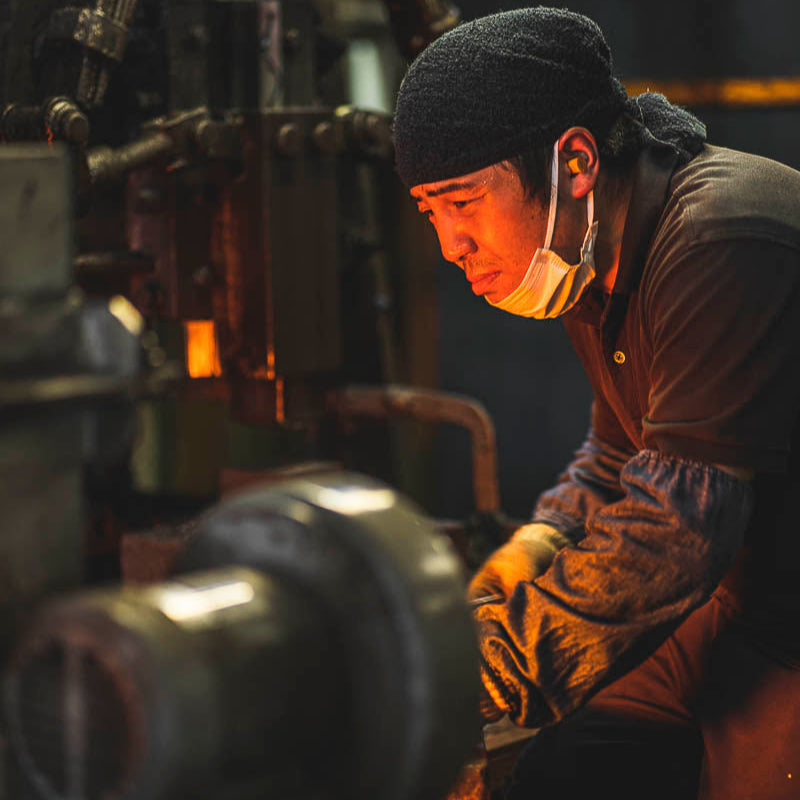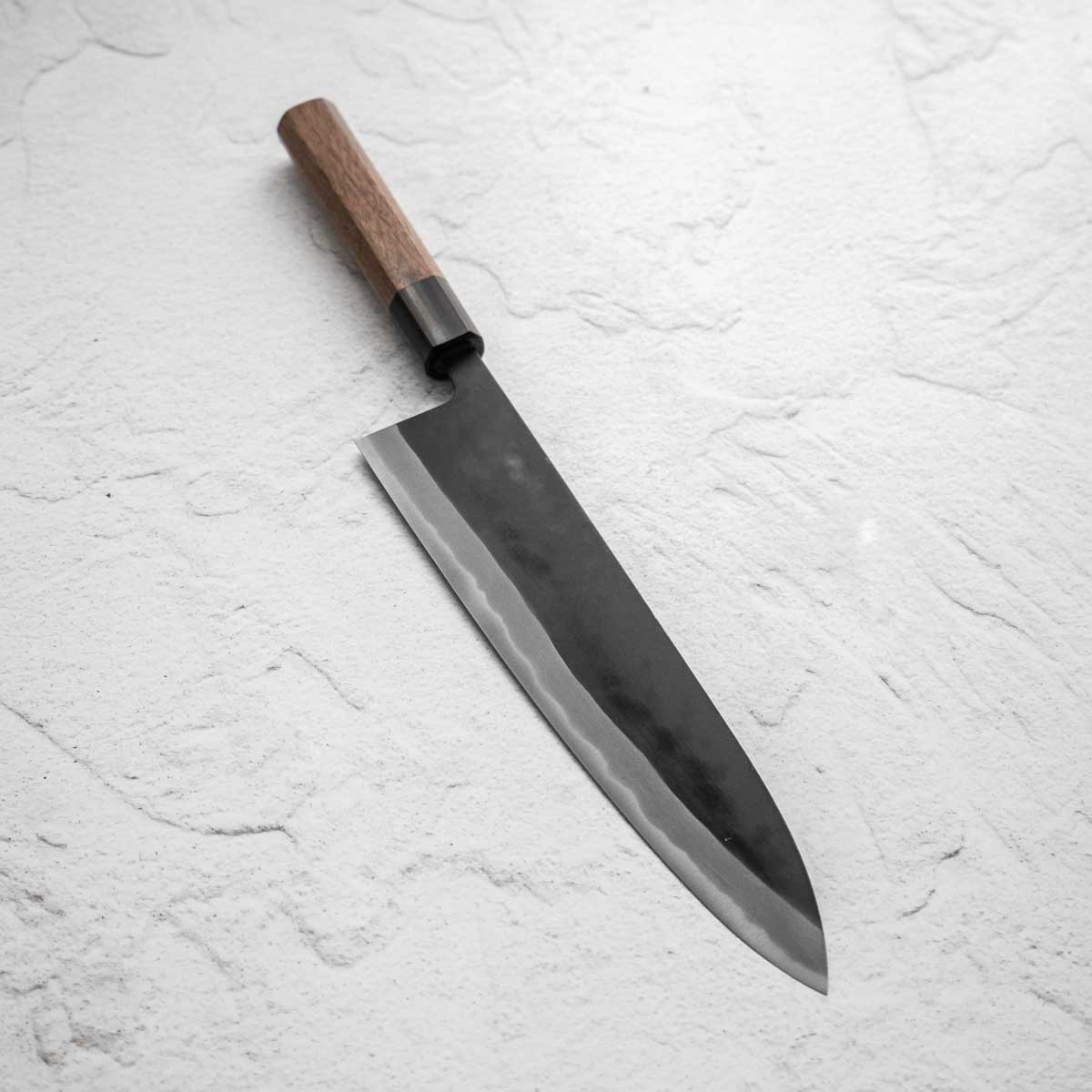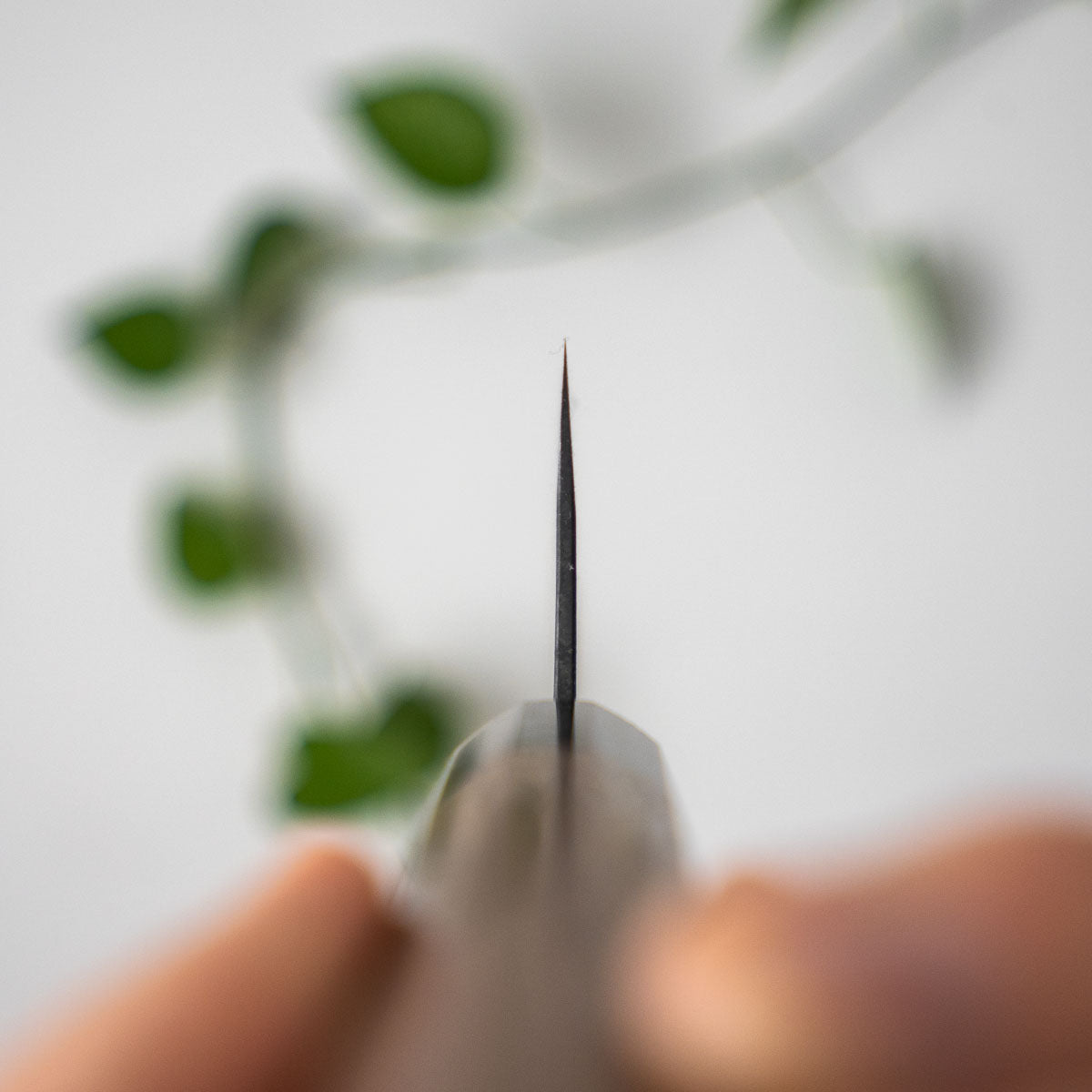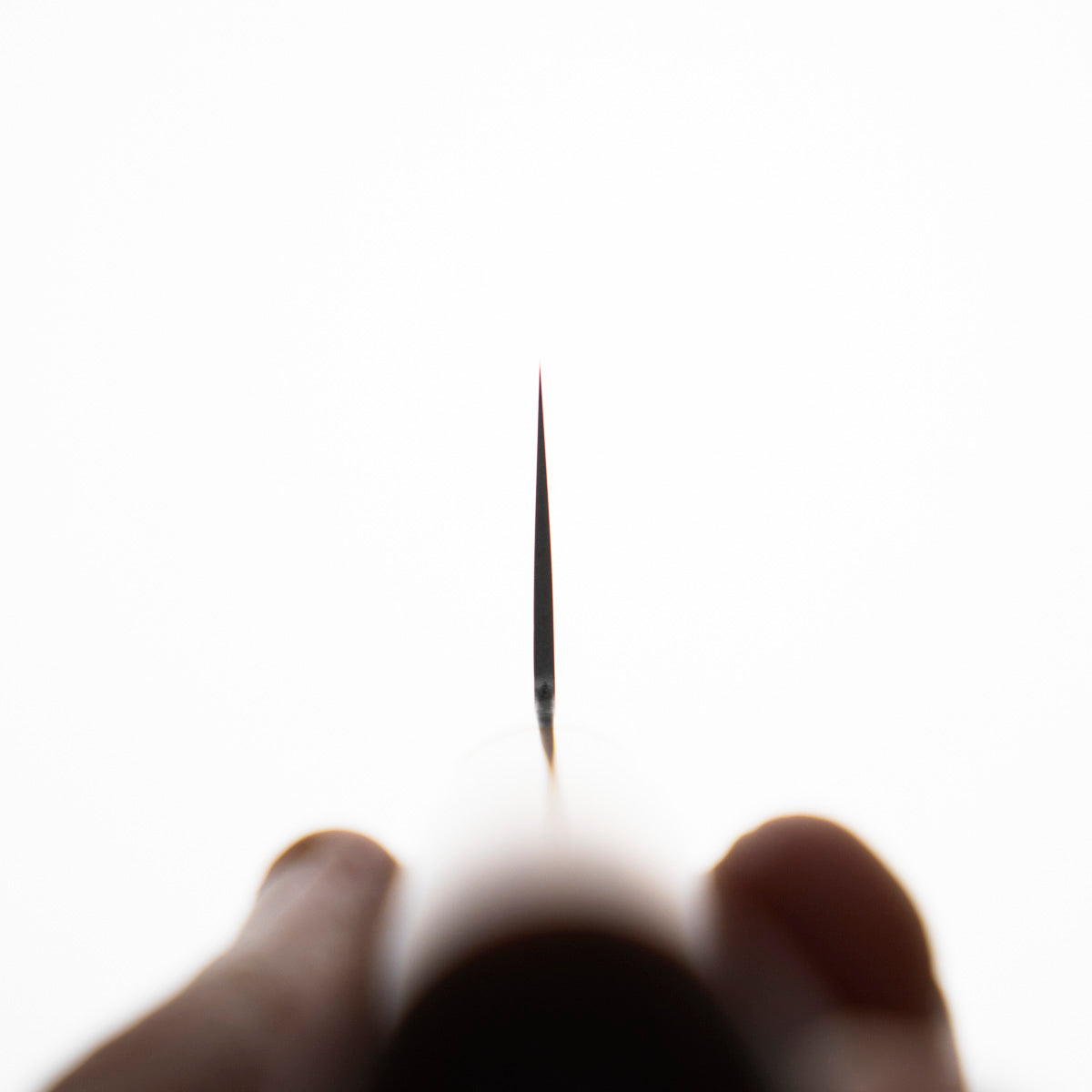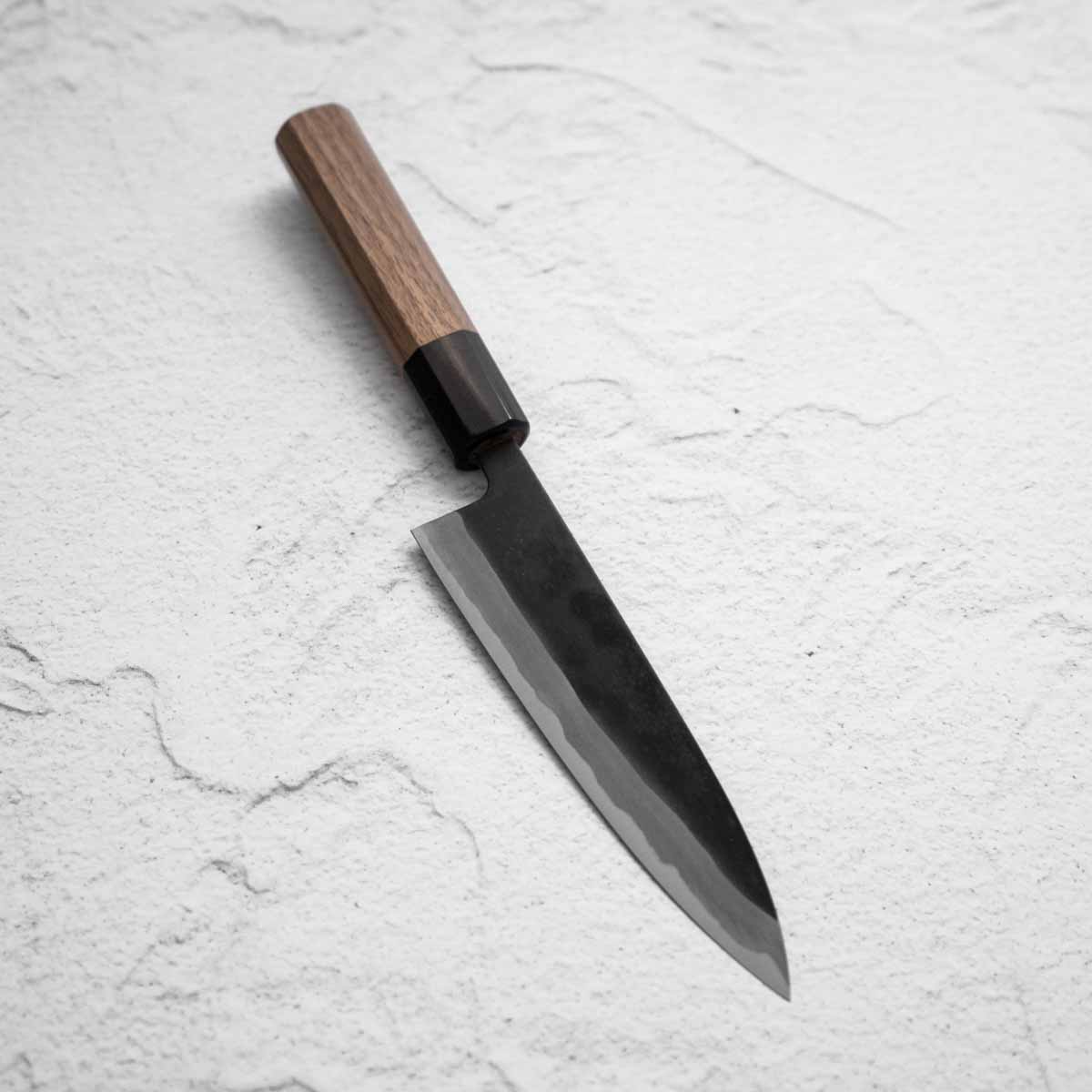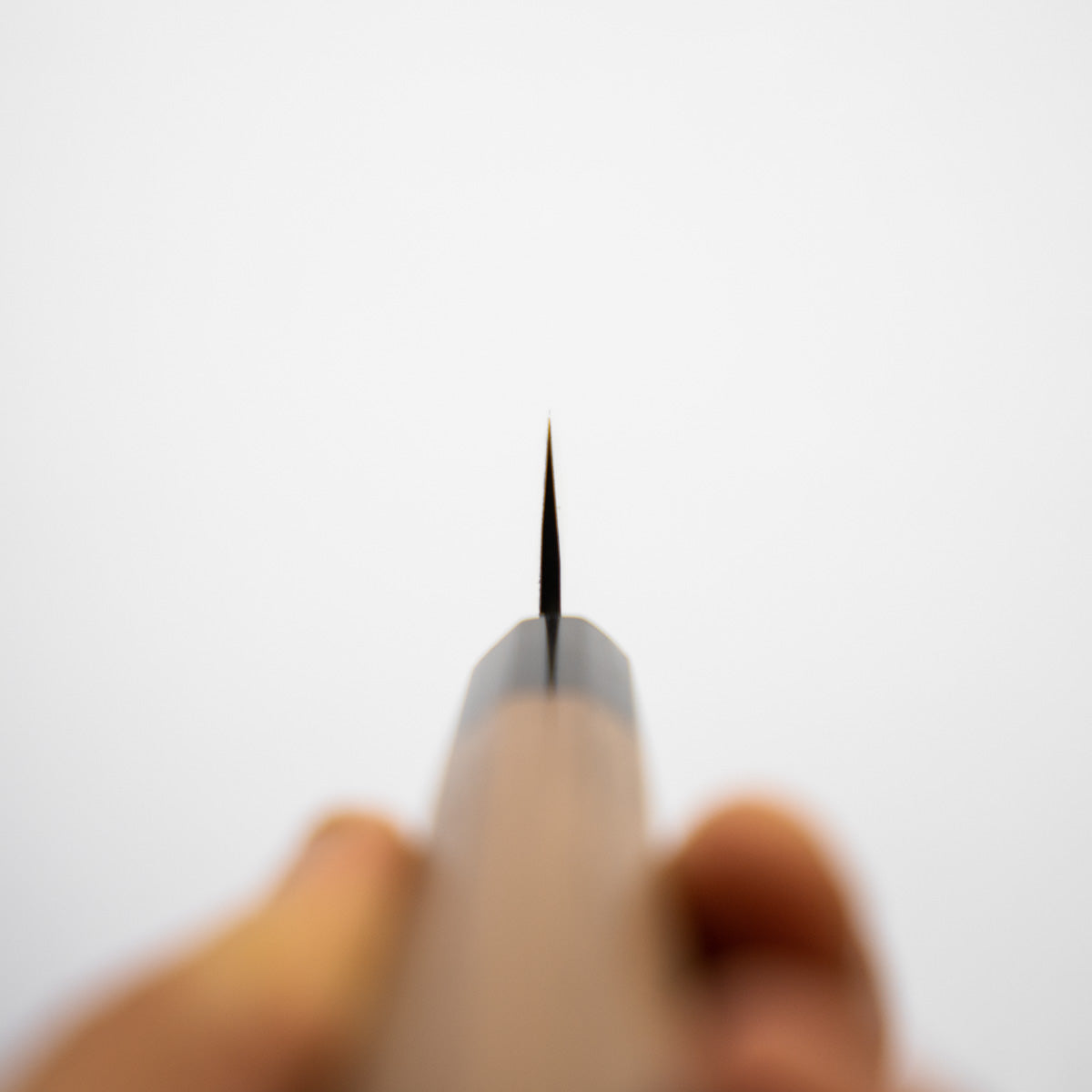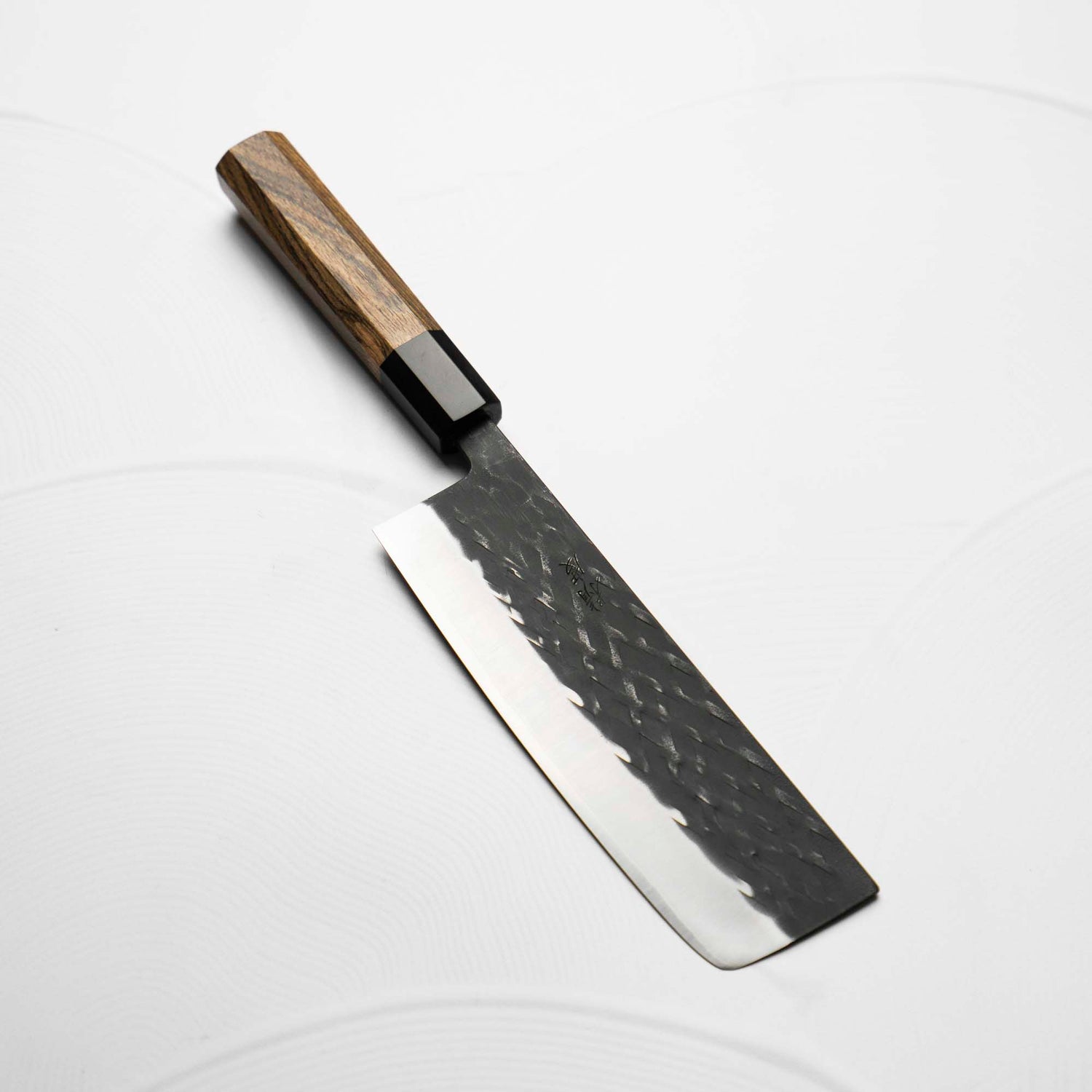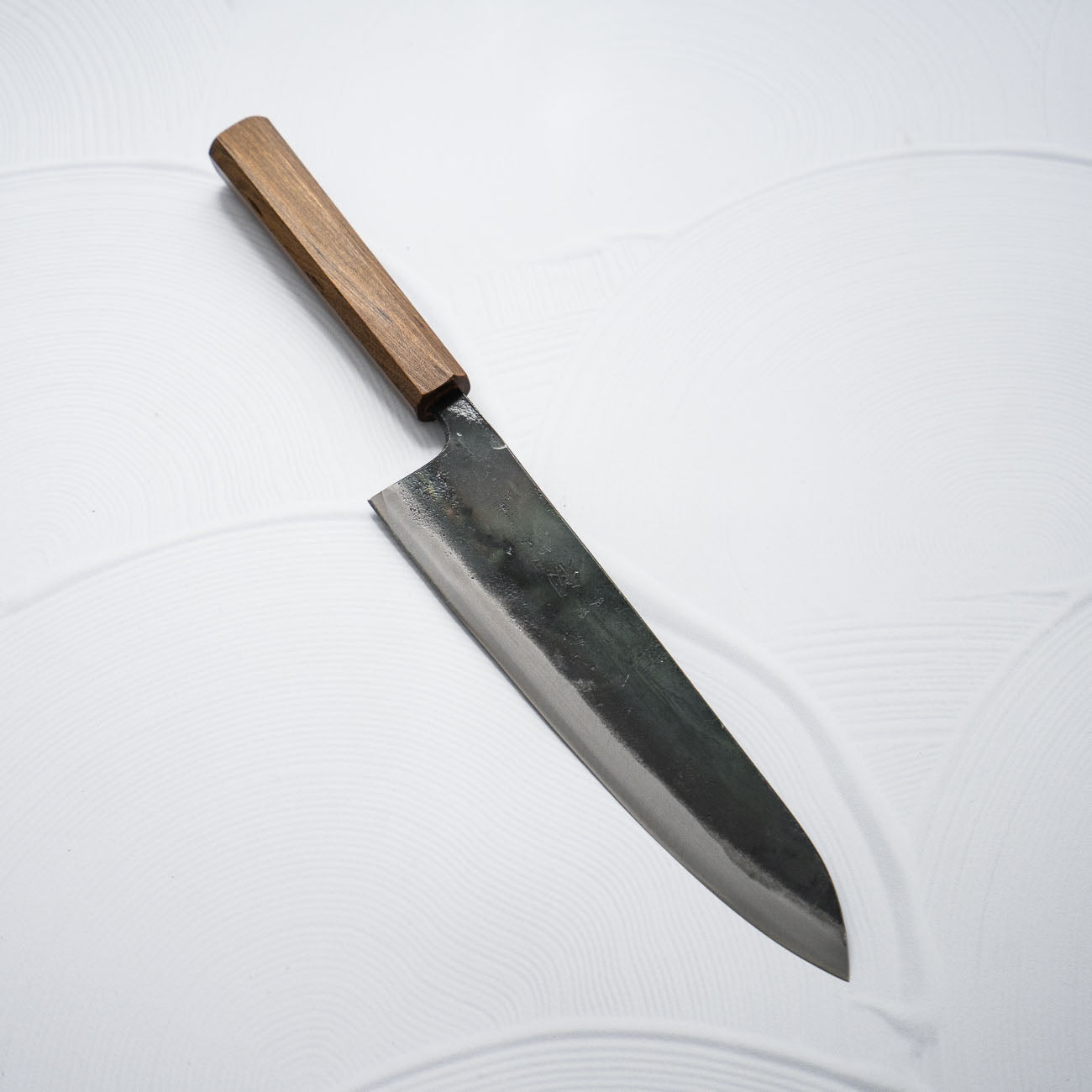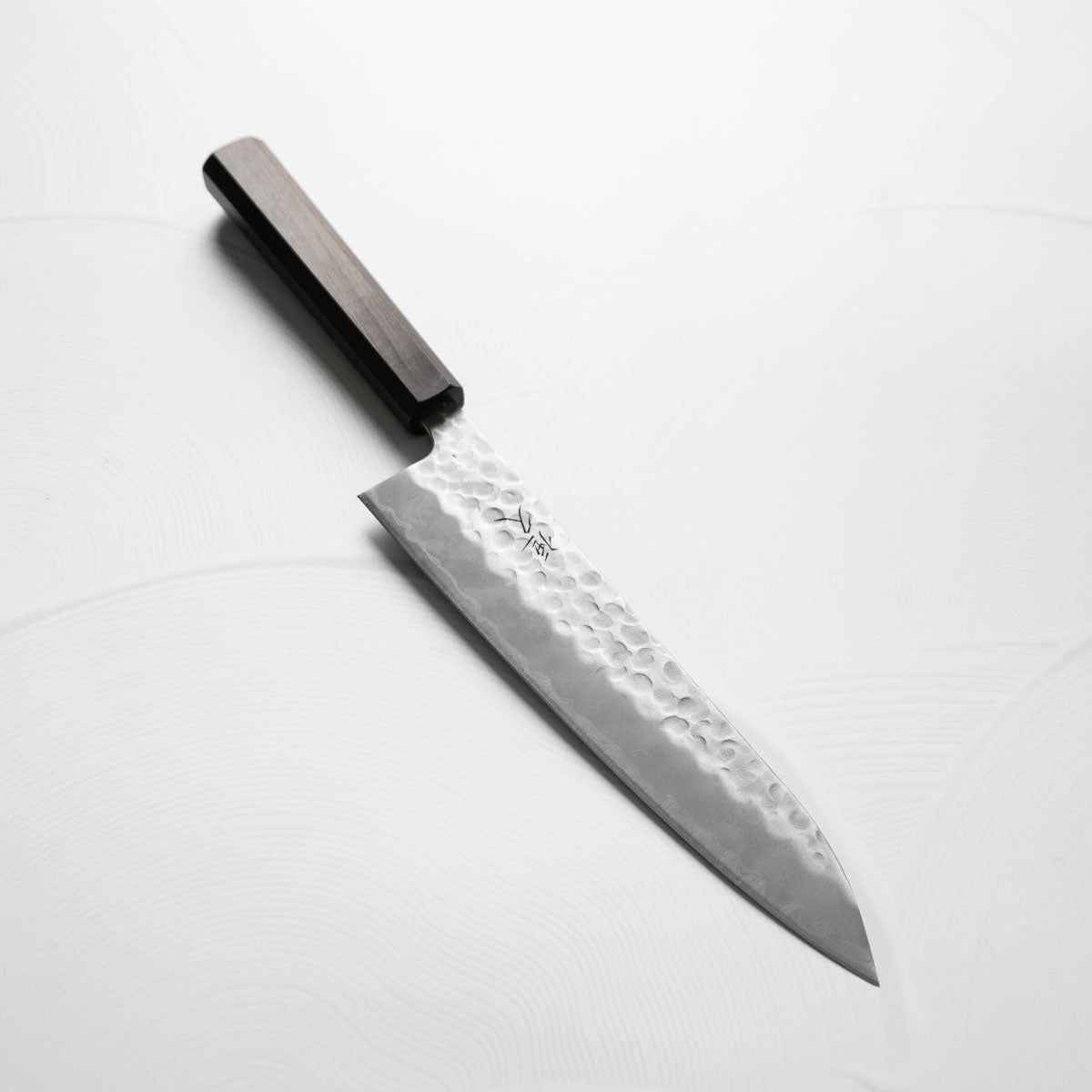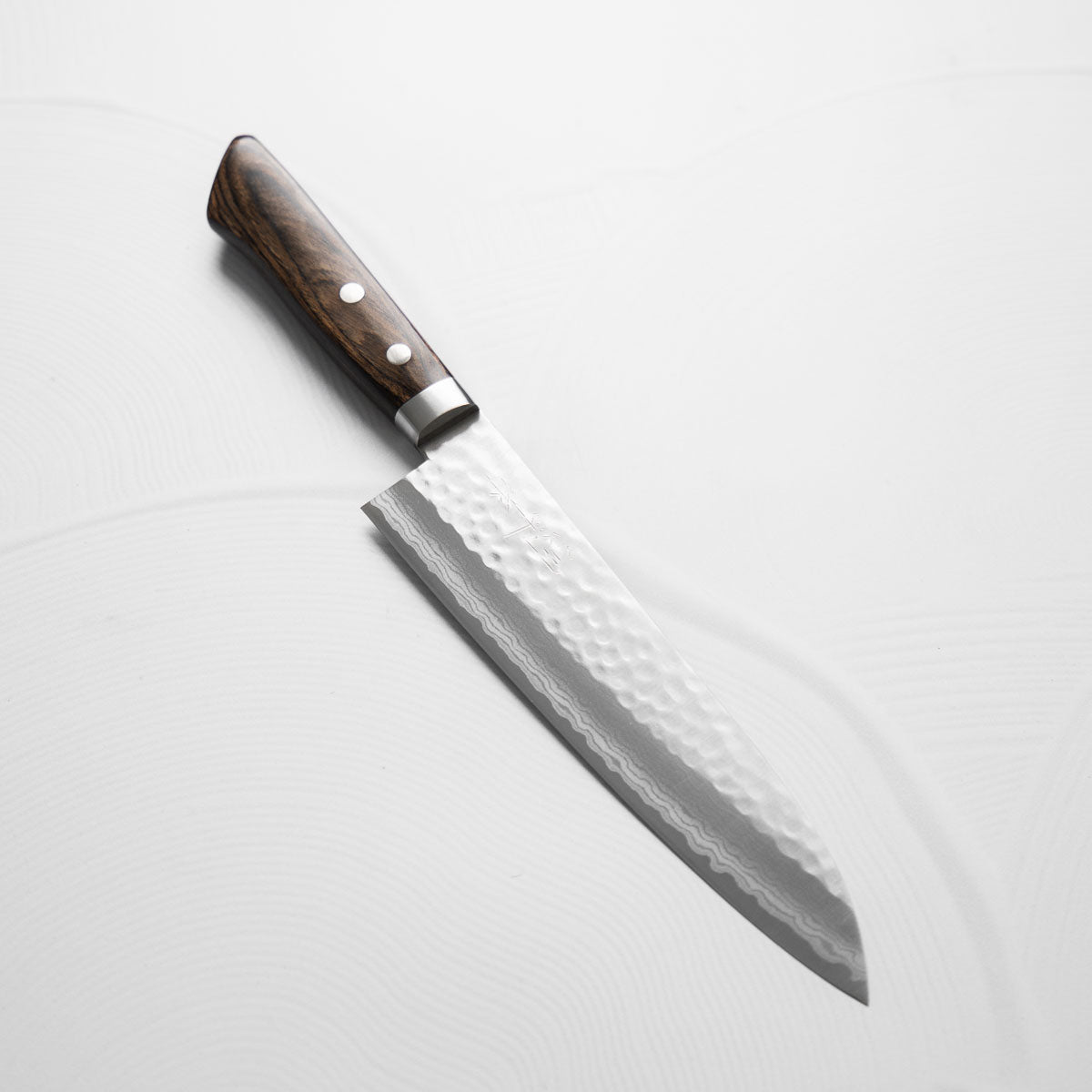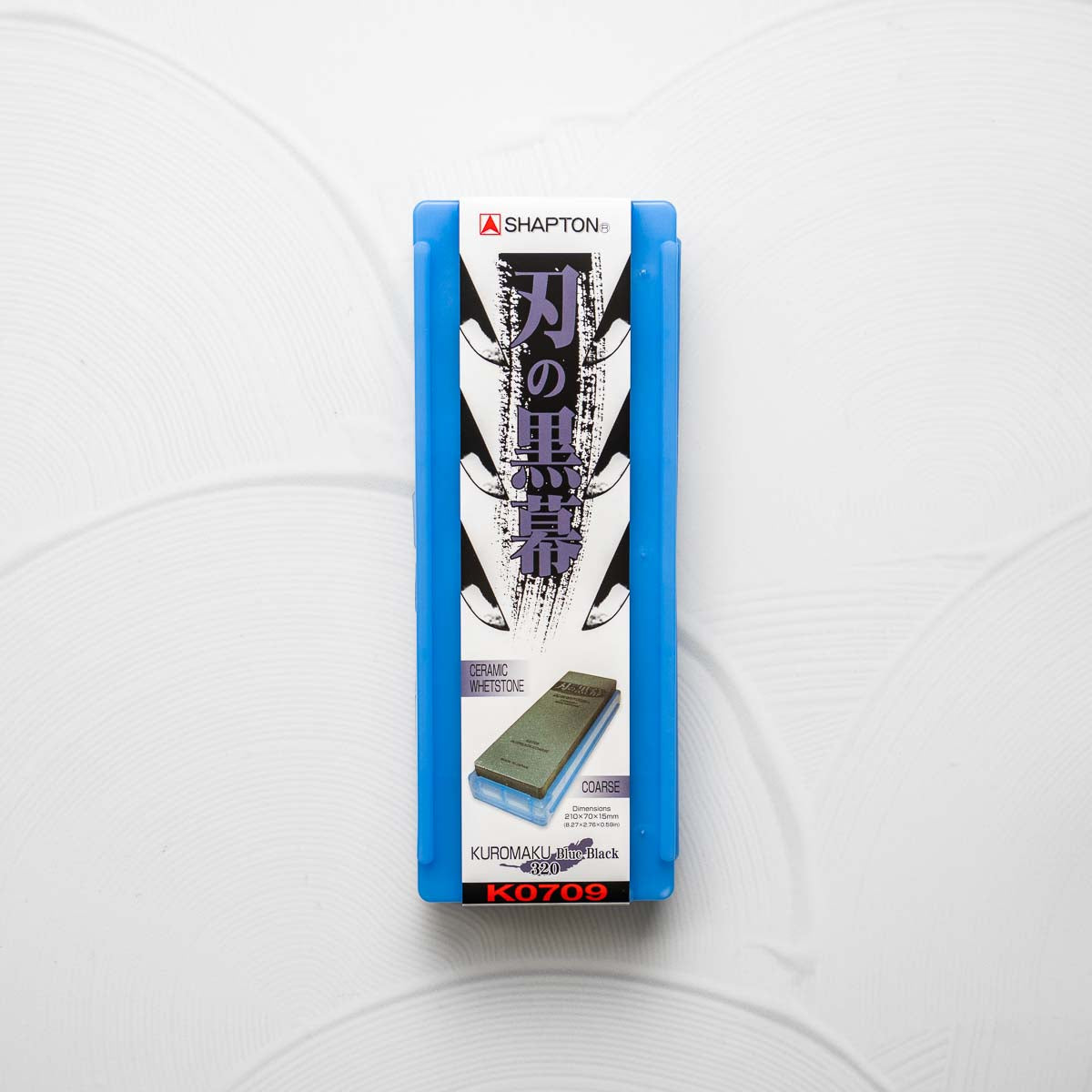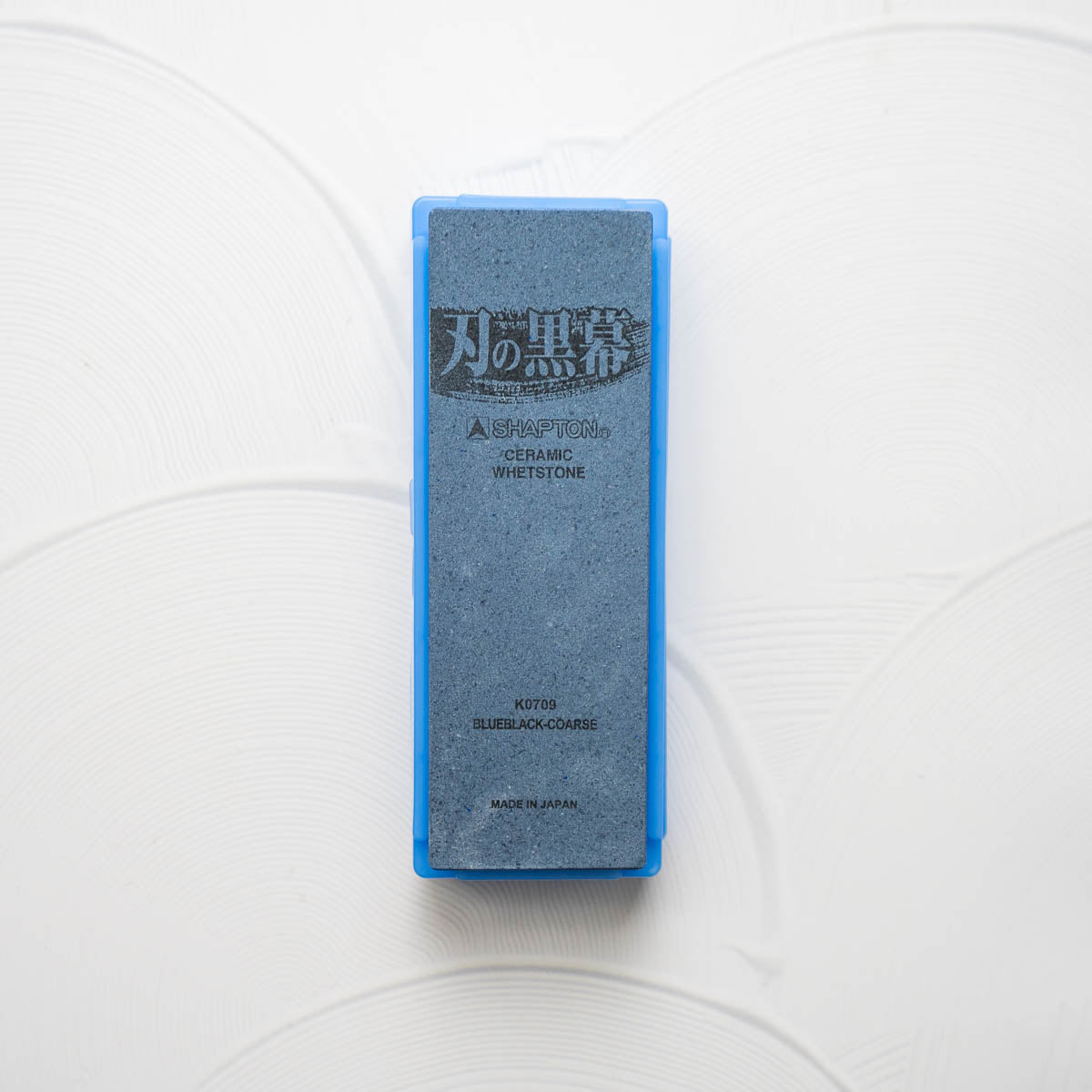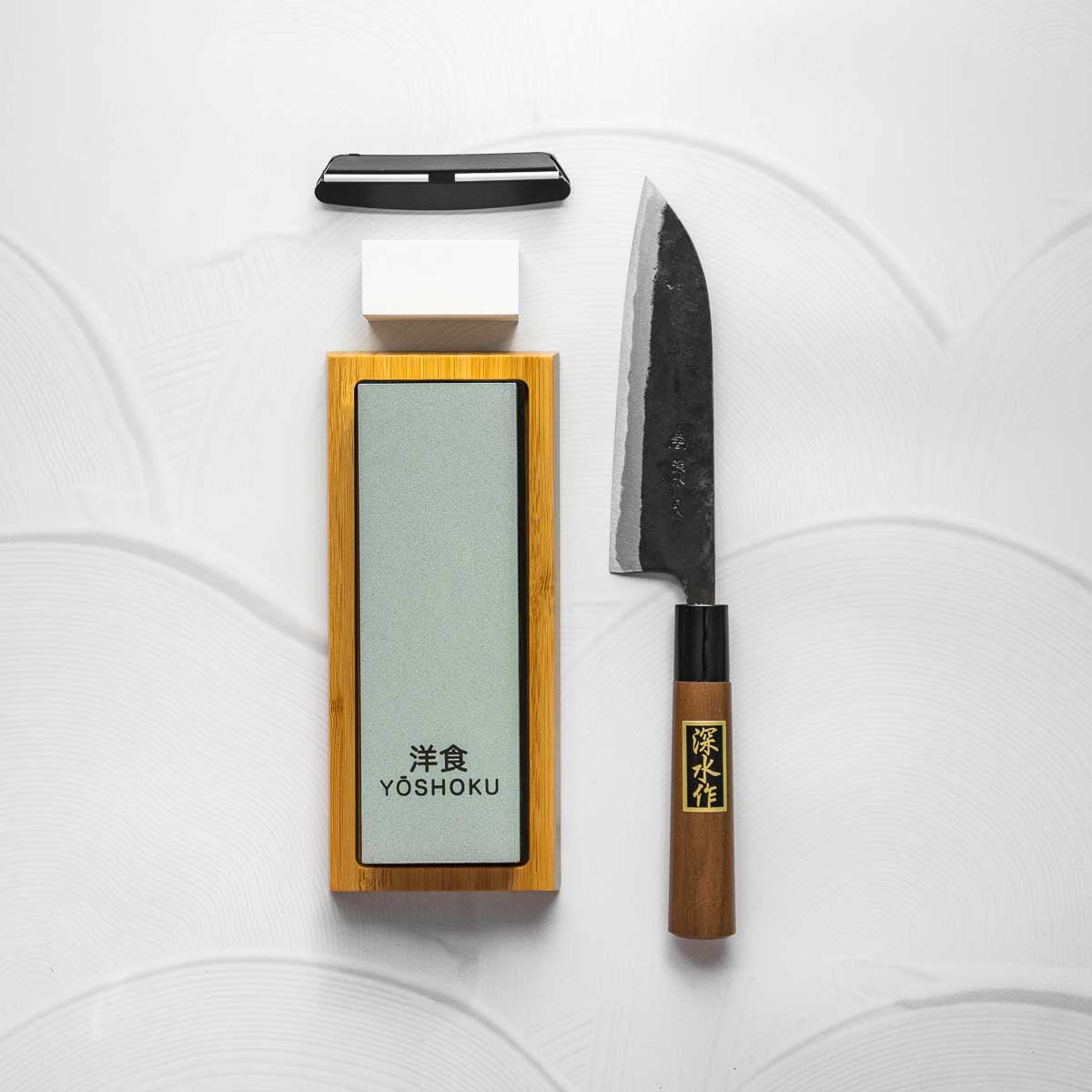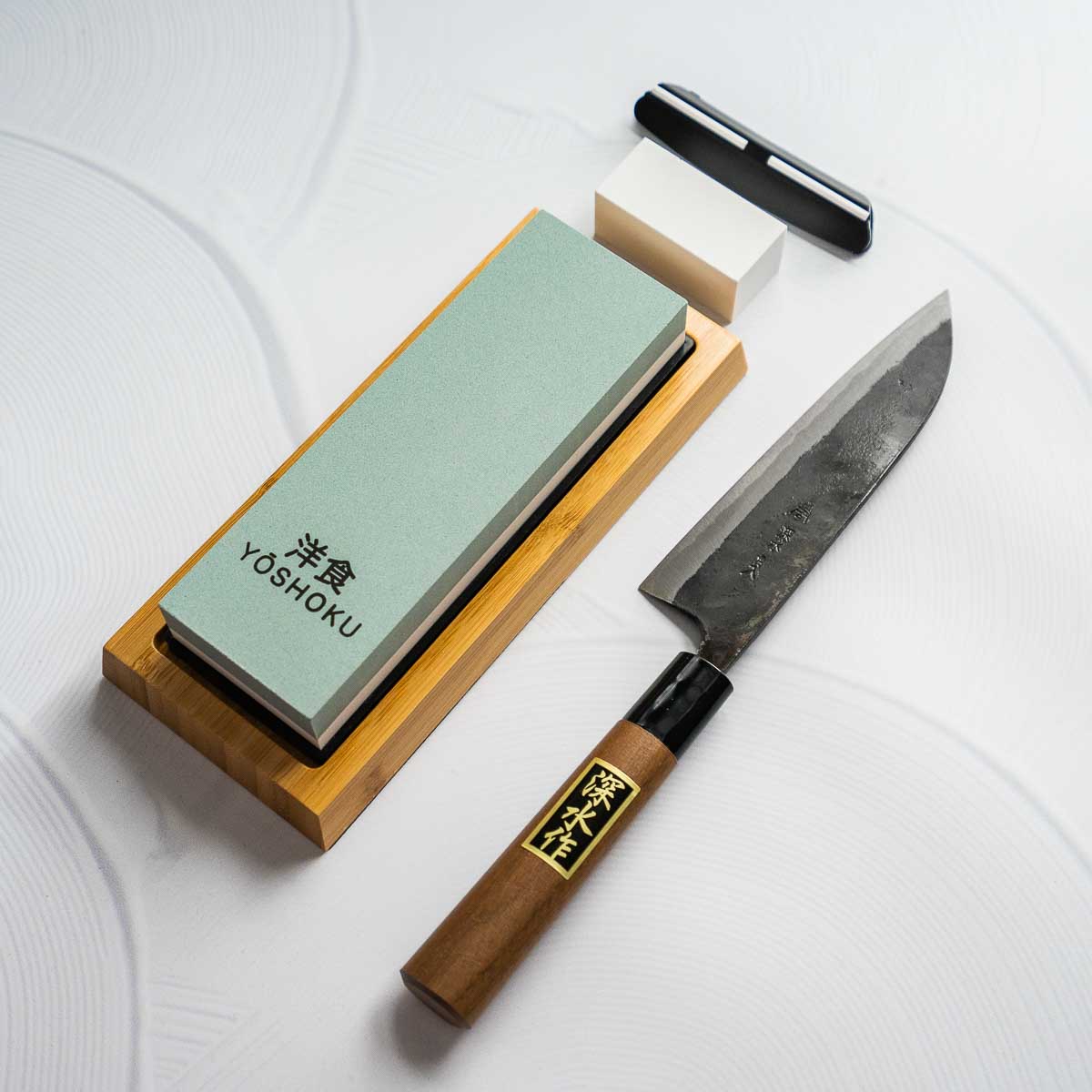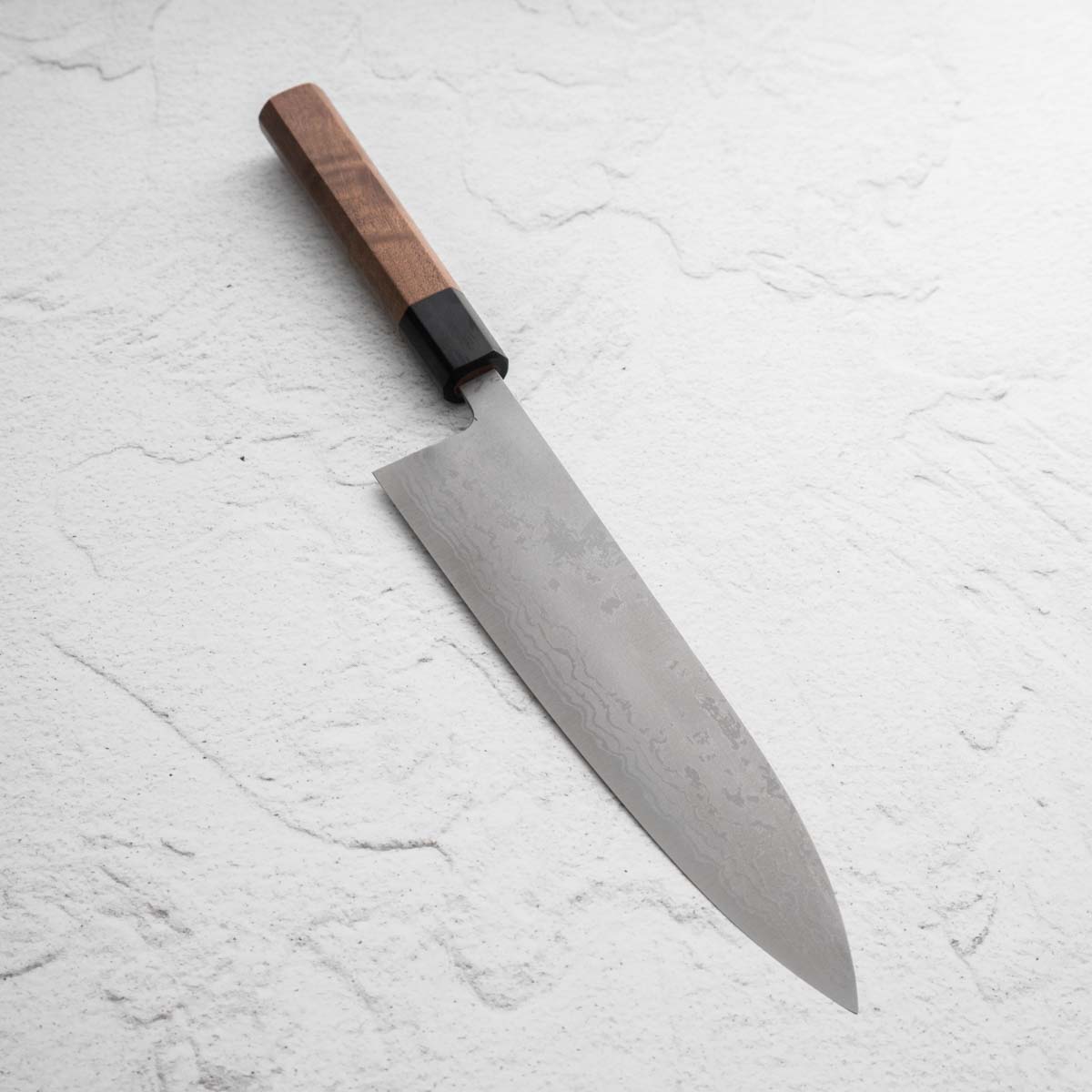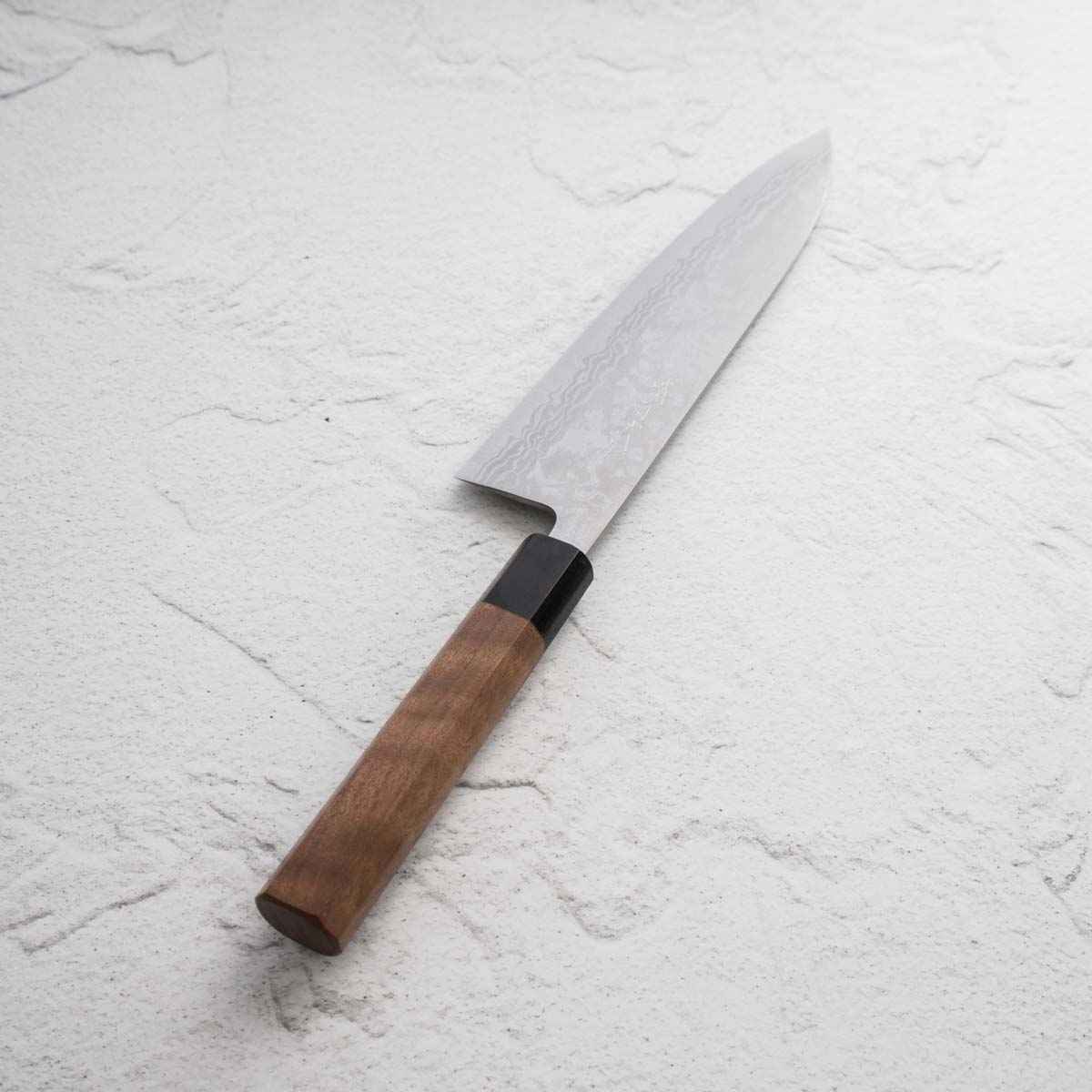Sort by:
1816 products
1816 products
Knife Information
1894- Mr. Tasaburo Shigematsu, a hardware wholesaler, introduced a new pocket knife with its blade and sheath folded by installing a small handle “Chikiri (tail)” on the blade, while inspired by the knife he brought back from Kagoshima.
He named it “Higonokami Knife” because many of his customers were in Kumamoto area (formally Higo country), which turned out to dramatically increase his sales. The blades have gradually changed their shapes. Unlike single-edged knives, the double-edged blades (V-shaped cross section) were in those days considered common. The earlier blades had a sharper tip (shape of a bamboo leaf), but now they have square shapes. The sheaths had a vertically folding style and a cross folding style, now the vertical one has to be custom made.
In 1911, at the First Kobe Export Articles Competitive Exhibition, Crown Prince (later Emperor Taisho) liked Higonokami on display very much and bought one, which is said to have helped its fame further spread.
The Higonikami is a fantastic traditional utility knife at a low cost.
Specifications
| Style: | Higonokami |
| Blade Length: | 70mm |
| Weight: | 39g |
| Bevel: | Double Bevel |
| Blade Material: | Engraved Aogami w/Ceramic Coat |
| Handle Material: | GlossBlack Casing |
165mm Ginsan Core, Nashiji Soft Stainless Clad Bunka Knife.
Specifications
| Style: | Bunka |
| Blade Length: | 165mm |
| Overall Length: | 314mm |
| Weight: | 154g |
| Blade Height @ Heel: | 43mm |
| Bevel: | Double Bevel |
| Spine Thickness @ Mid: | 2mm |
| Blade Material: | Ginsan Core, Nashiji Soft Stainless Clad |
| Handle Material: | Octagon Ebony |
| HRC: | 61 |
Knife Information
1894- Mr. Tasaburo Shigematsu, a hardware wholesaler, introduced a new pocket knife with its blade and sheath folded by installing a small handle “Chikiri (tail)” on the blade, while inspired by the knife he brought back from Kagoshima.
He named it “Higonokami Knife” because many of his customers were in Kumamoto area (formally Higo country), which turned out to dramatically increase his sales. The blades have gradually changed their shapes. Unlike single-edged knives, the double-edged blades (V-shaped cross section) were in those days considered common. The earlier blades had a sharper tip (shape of a bamboo leaf), but now they have square shapes. The sheaths had a vertically folding style and a cross folding style, now the vertical one has to be custom made.
In 1911, at the First Kobe Export Articles Competitive Exhibition, Crown Prince (later Emperor Taisho) liked Higonokami on display very much and bought one, which is said to have helped its fame further spread.
The Higonikami is a fantastic traditional utility knife at a low cost.
Specifications
| Style: | Higonokami |
| Blade Length: | 65mm |
| Weight: | 33g |
| Bevel: | Double Bevel |
| Blade Material: | Laminated SK Carbon Steel |
| Handle Material: | Black Nickel |
Specifications
| Style: | Gyuto |
| Blade Length: | 210mm |
| Overall Length: | 355mm |
| Weight: | 174g |
| Blade Height @ Heel: | 52mm |
| Bevel: | Double Bevel |
| Spine Thickness @ Heel: | 3mm |
| Spine Thickness @ Mid: | 2mm |
| Spine Thickness 1cm from tip: | 1.1mm |
| Blade Material: | Blue 2 Core, Carbon Clad, Kurouchi Finish |
| Handle Material: | Octagon Walnut w/Pakkawood Bolster |
| HRC: | ~63 |
Specifications
| Style: |
Gyuto |
| Blade Length: | 240mm |
| Overall Length: | 400mm |
| Weight: | 180g |
| Blade Height @ Heel: | 48mm |
| Bevel: | Double Bevel |
| Spine Thickness @ Mid: | 2mm |
| Blade Material: | Ginsan Core, Migaki Soft Stainless Clad |
| Handle Material: | Octagon Oak |
Specifications
| Style: | Gyuto |
| Blade Length: | 240mm |
| Overall Length: | 387mm |
| Weight: | 185g |
| Blade Height @ Heel: | 53mm |
| Bevel: | Double Bevel |
| Spine Thickness @ Heel: | 3mm |
| Spine Thickness @ Mid: | 2mm |
| Spine Thickness 1cm from tip: | 1.1mm |
| Blade Material: | Blue 2 Core, Carbon Clad, Kurouchi Finish |
| Handle Material: | Octagon Walnut w/Pakkawood Bolster |
| HRC: | ~63 |
Specifications
| Style: | Petty |
| Blade Length: | 135mm |
| Overall Length: | 260mm |
| Weight: | 68g |
| Blade Height @ Heel: | 33mm |
| Bevel: | Double Bevel |
| Spine Thickness @ Heel: | 1.9mm |
| Spine Thickness @ Mid: | 1.9mm |
| Spine Thickness 1cm from tip: | 0.7mm |
| Blade Material: | Blue 2 Core, Carbon Clad, Kurouchi Finish |
| Handle Material: | Octagon Walnut w/Pakkawood Bolster |
| HRC: | ~63 |
Specifications
| Style: | Nakiri |
| Blade Length: | 165mm |
| Overall Length: | 310mm |
| Weight: | 183g |
| Blade Height: | 50mm |
| Bevel: | Double Bevel |
| Spine Thickness @ Heel: | 3.2mm |
| Spine Thickness @ Mid: | 1.9mm |
| Spine Thickness 1cm from tip: | 1.6mm |
| Blade Material: | SLD Core, Stainless Kurouchi Tsuchime Clad |
| Handle Material: | Octagon Bocote |
| HRC: | ~61 |
If you asked: "Give me a stone that isn't too soft, isn't too hard, has great feedback, is splash and go, and has its own base but won't cost me an arm and a leg,", we're reaching for the Shapton Kuromaku every time.
Somewhat reminiscent of the Chosera (albeit with a slightly thinner stone), the Kuromaku are a splash and go dream. Softer than the Glass HR, harder than Suehiro Cerax, they represent excellent value.
Grit: #320 Coarse (Only for stubborn steel or small repairs)
Weight:
Dimensions:
Specifications
| Style: | Gyuto |
| Blade Length: | 210mm |
| Overall Length: | 363mm |
| Weight: | 164g |
| Blade Height @ Heel: | 54mm |
| Bevel: | Double Bevel |
| Spine Thickness @ Heel: | 2mm |
| Spine Thickness @ Mid: | 1.8mm |
| Spine Thickness 1cm from tip: | 0.8mm |
| Blade Material: | Shirogami 2 with Damascus Clad |
| Handle Material: | Octagon Walnut w/Pakkawood Bolster |
| HRC: | 62 |
Chef's Edge
We pride ourselves on offering an unparalleled selection of Japanese knives. From the versatile Gyuto and the precise Santoku to specialized knives like the Nakiri and Yanagiba, each knife is handpicked for its quality and performance.

